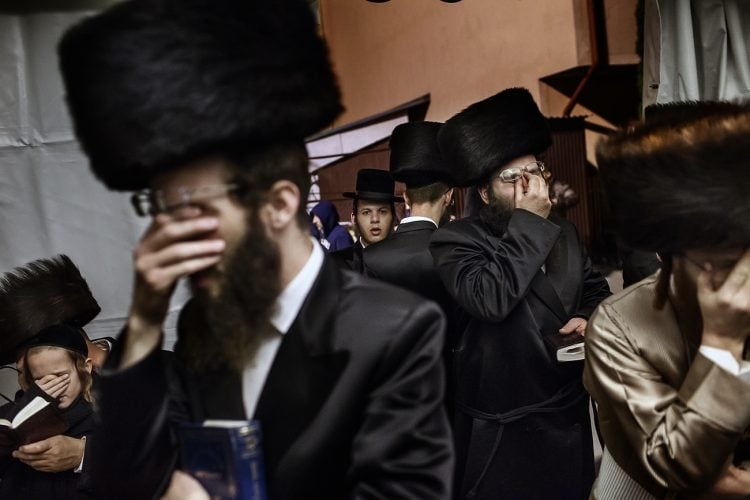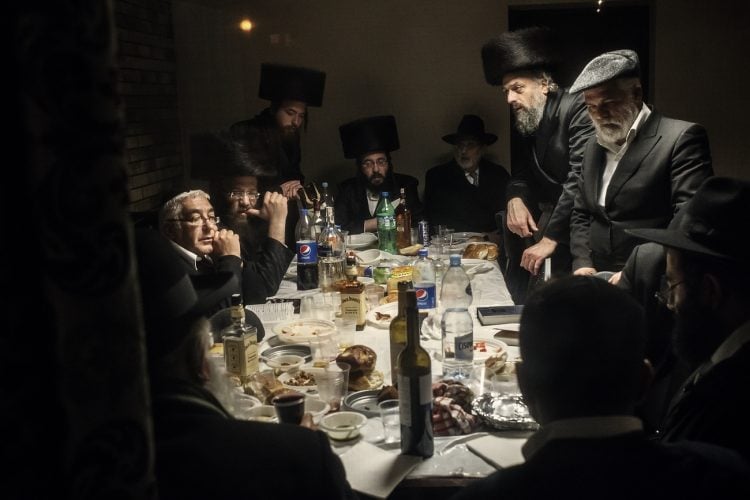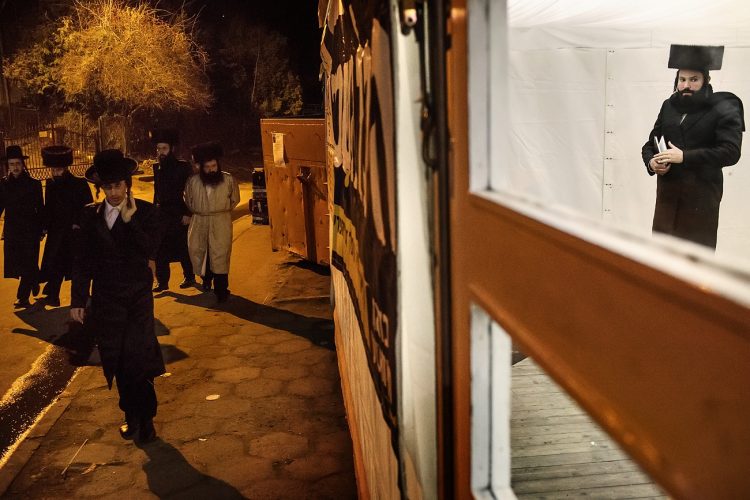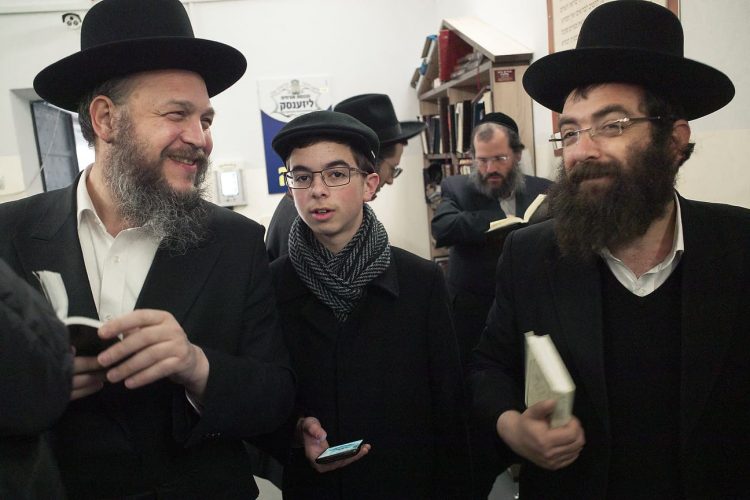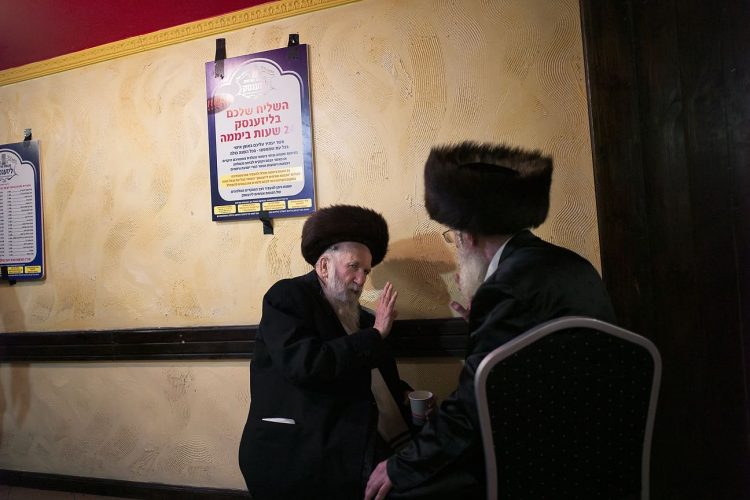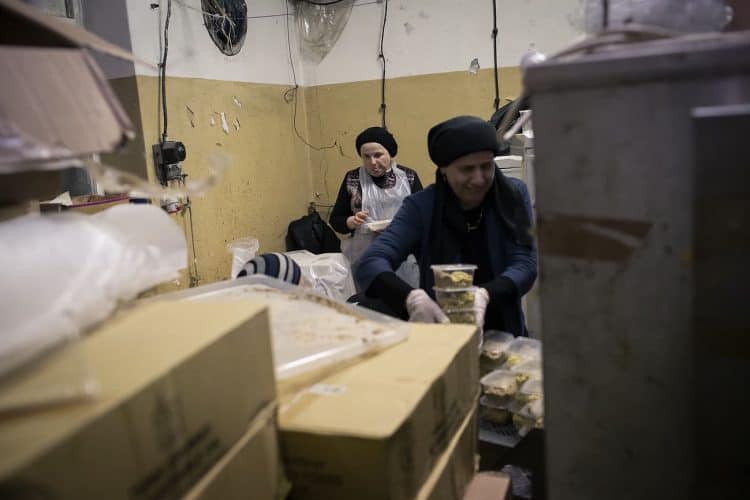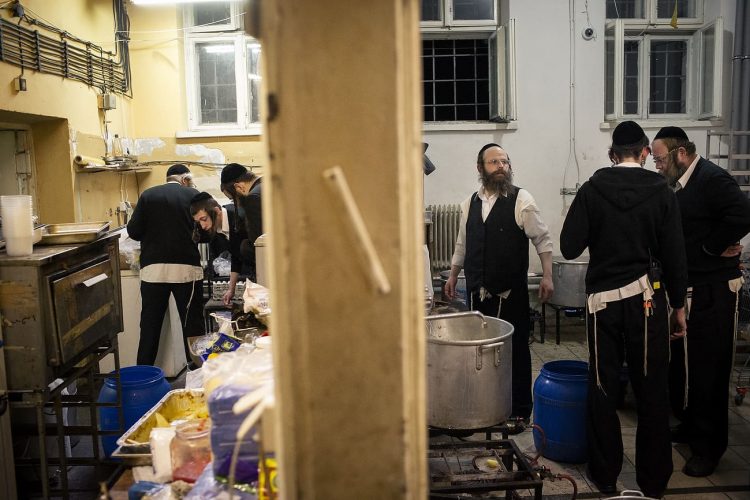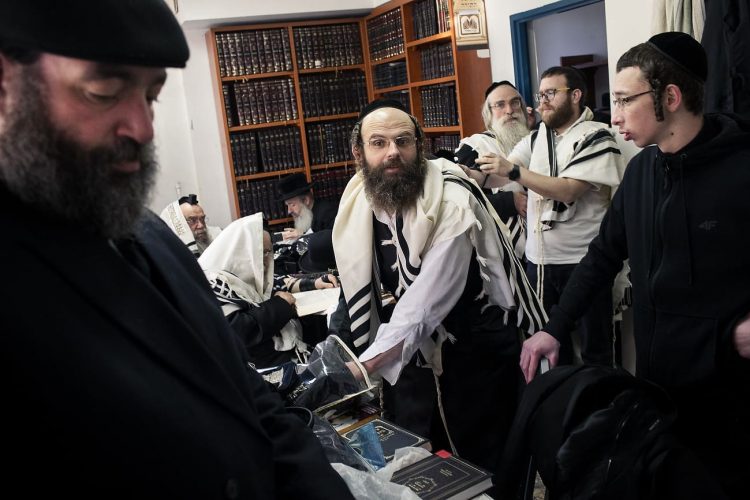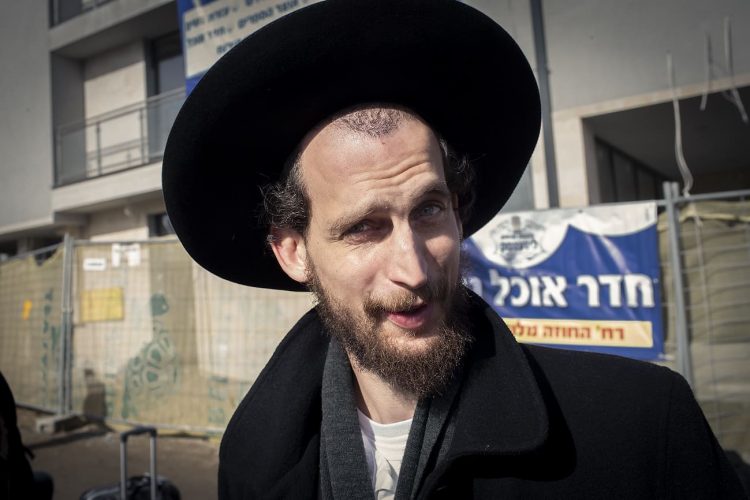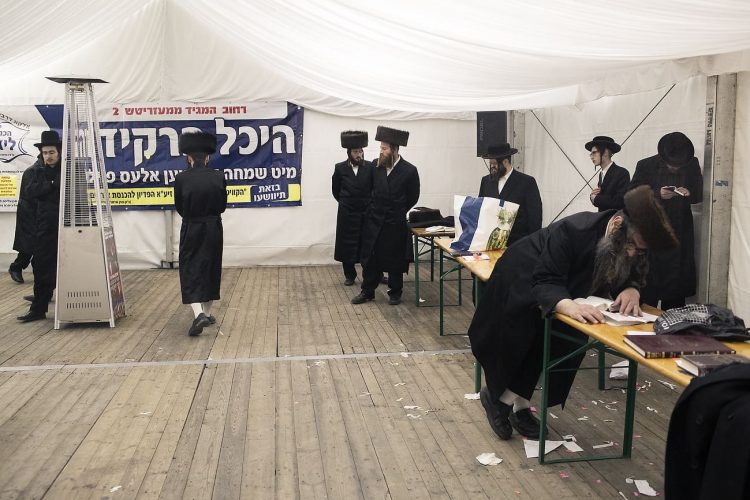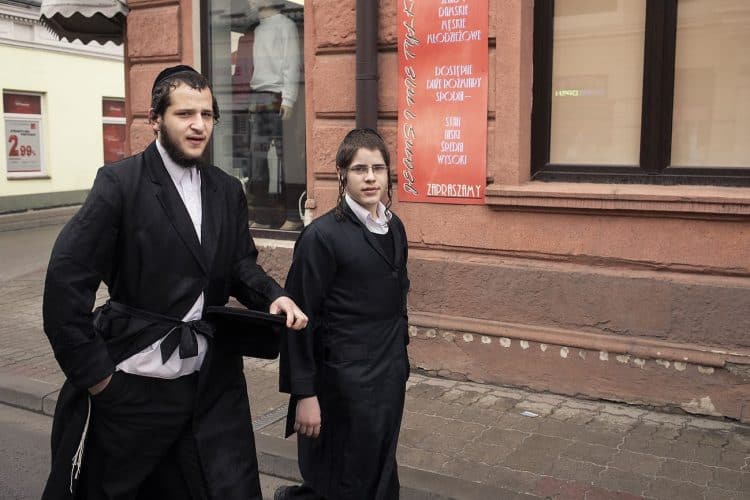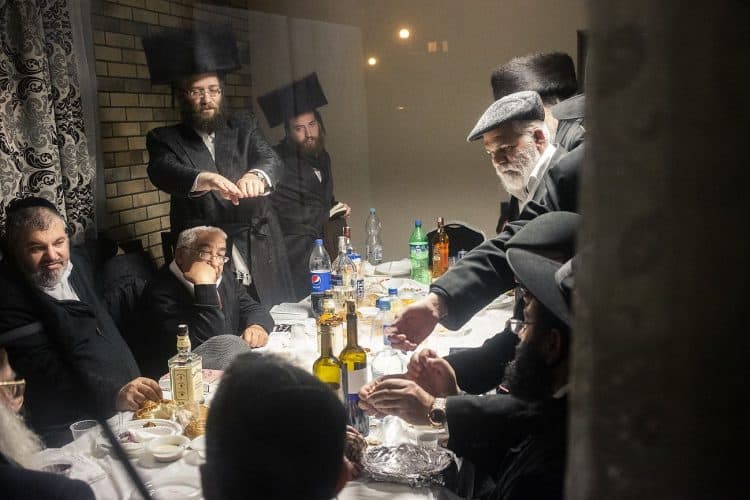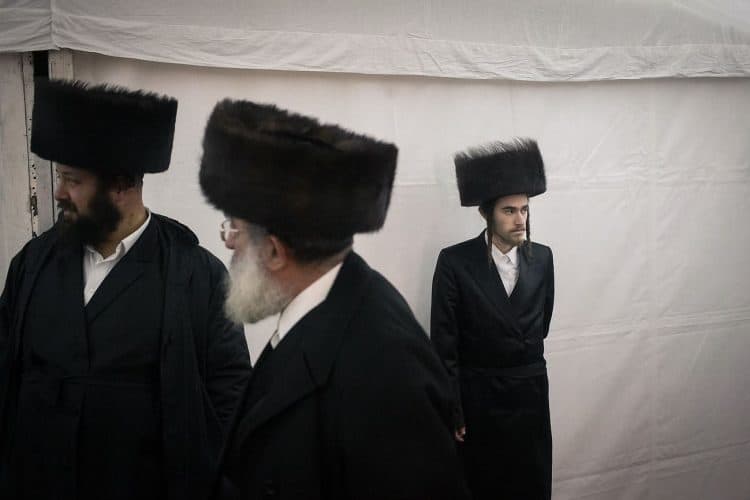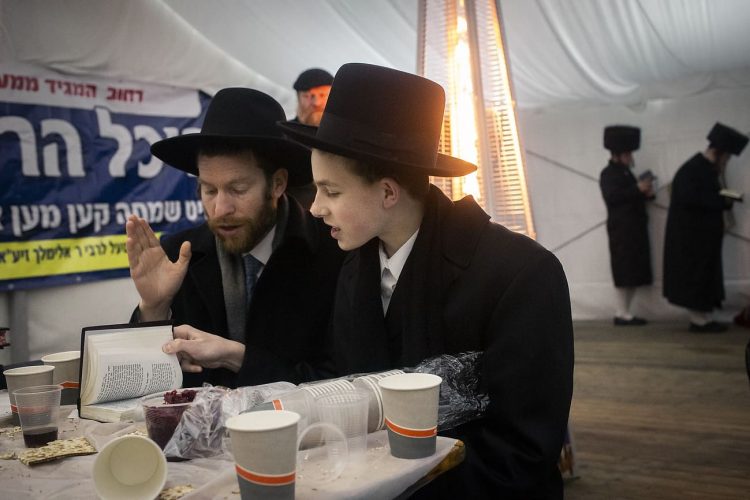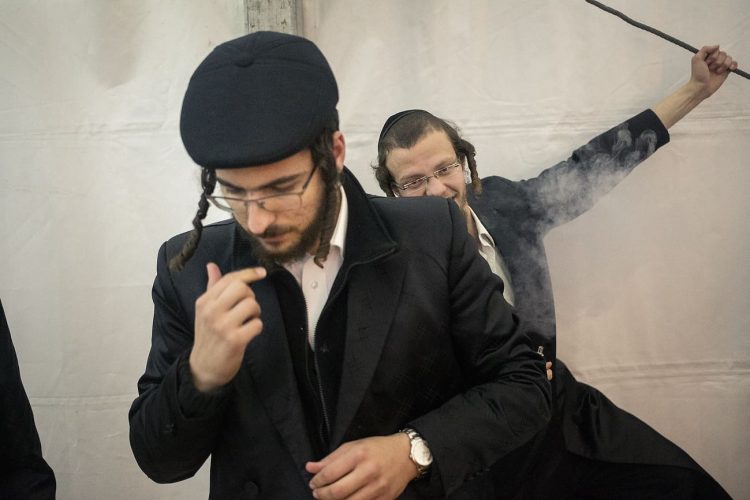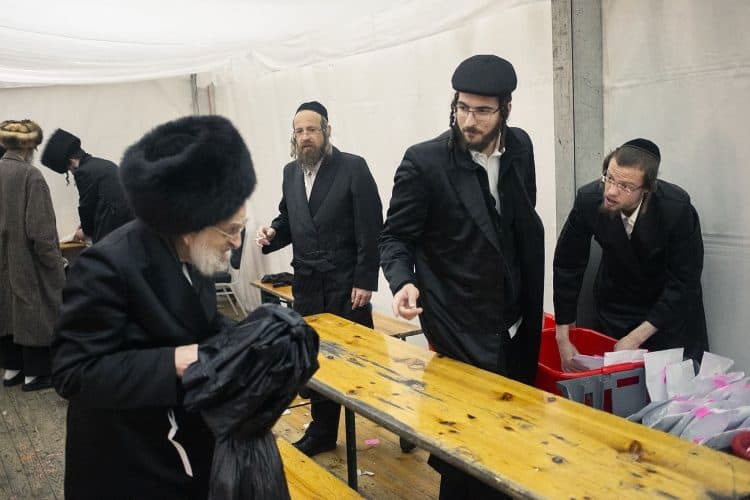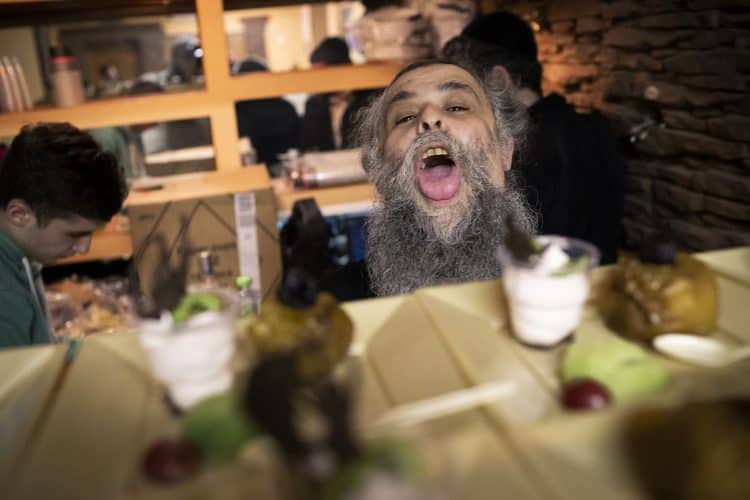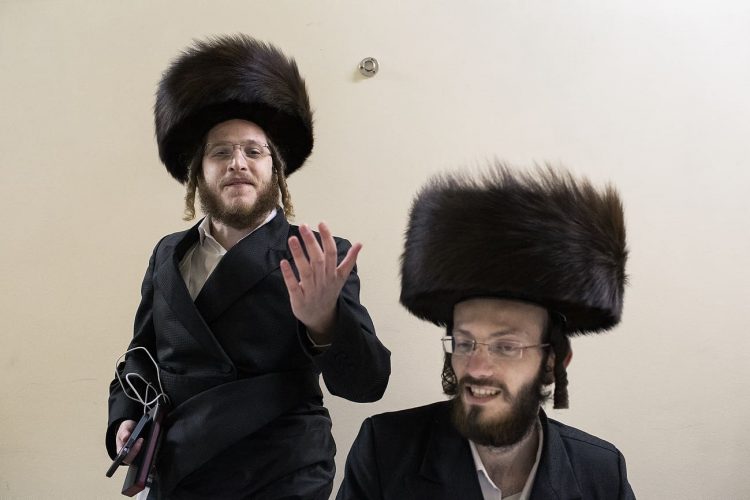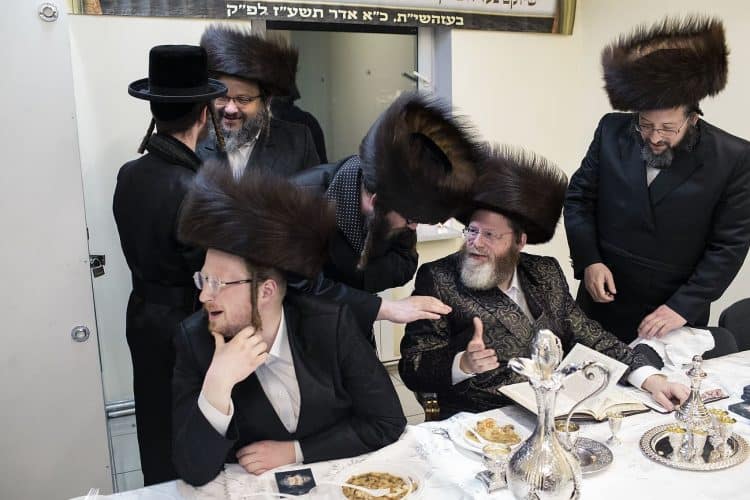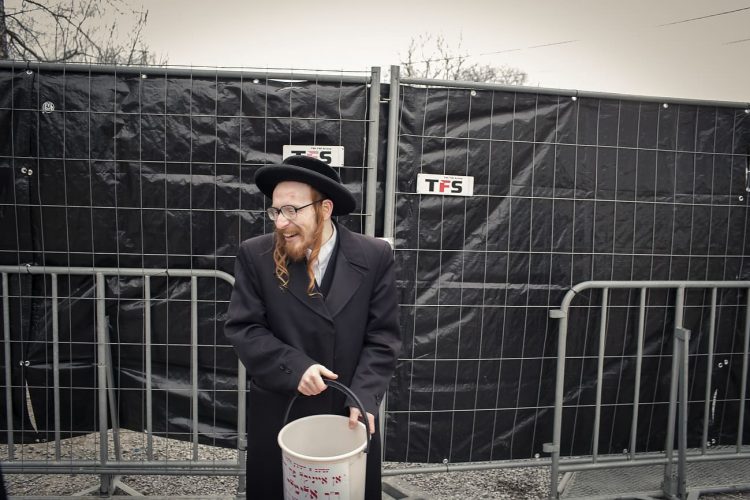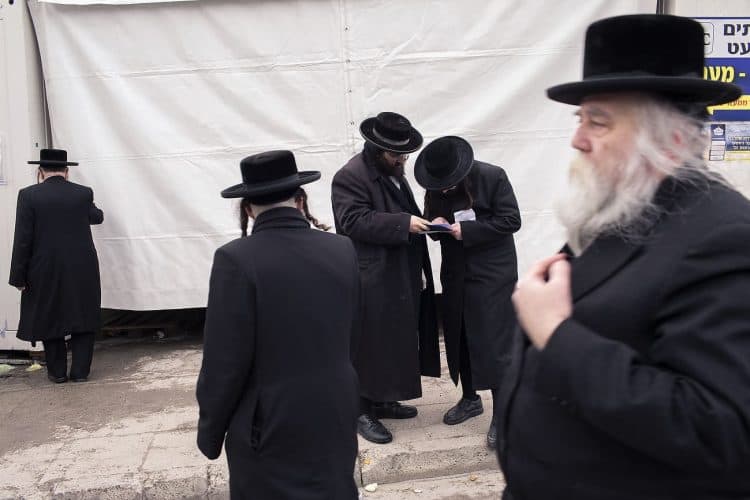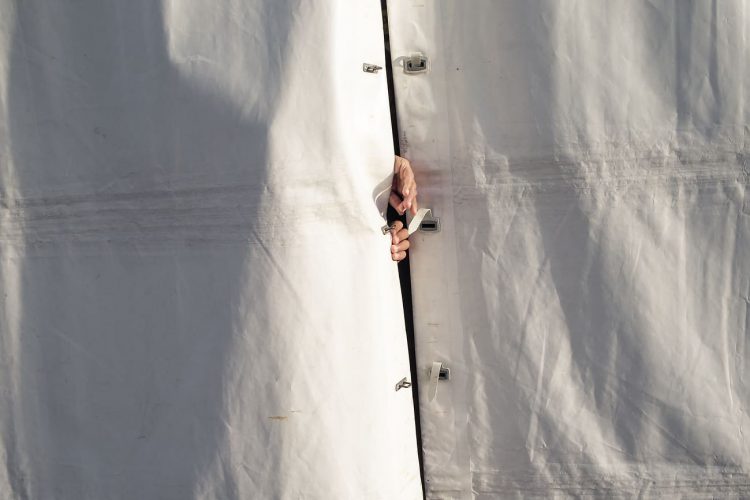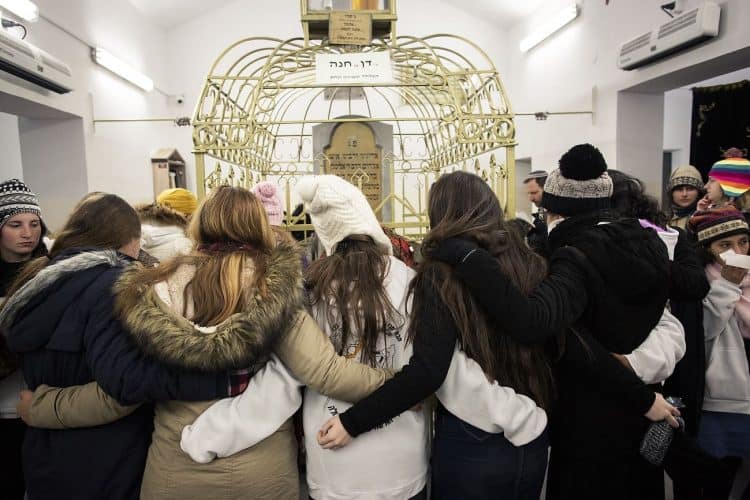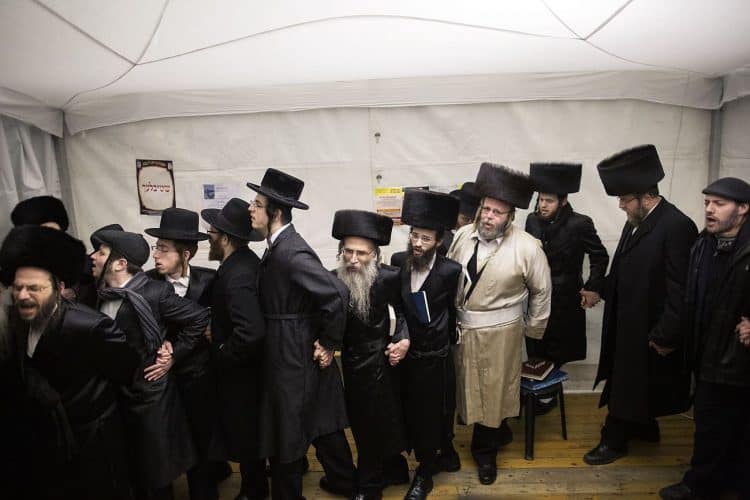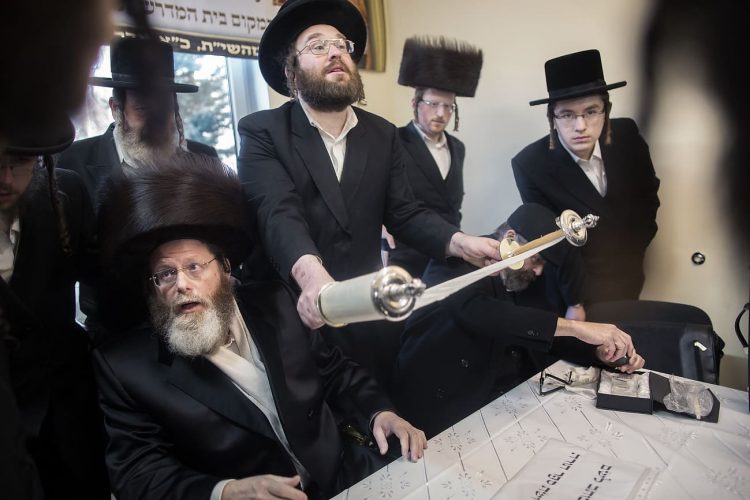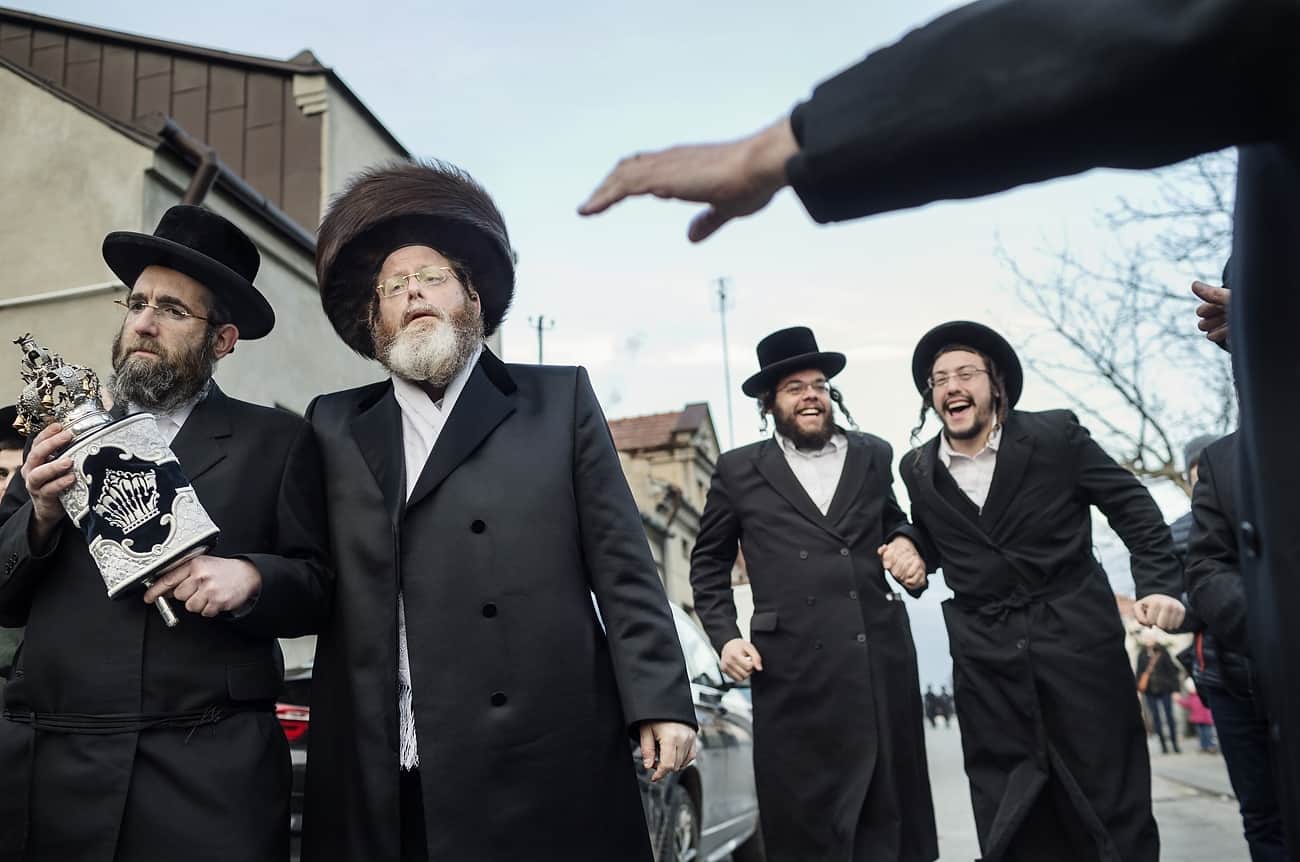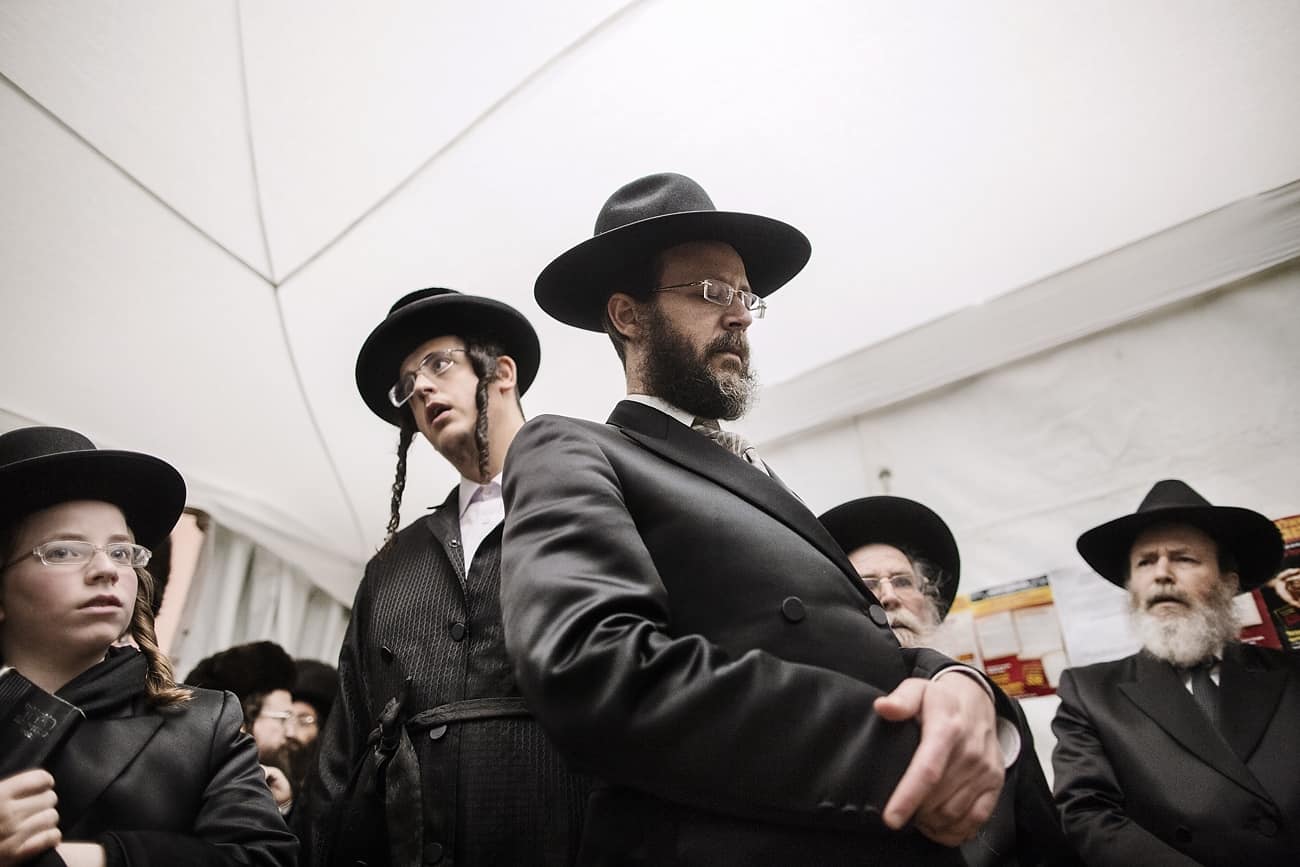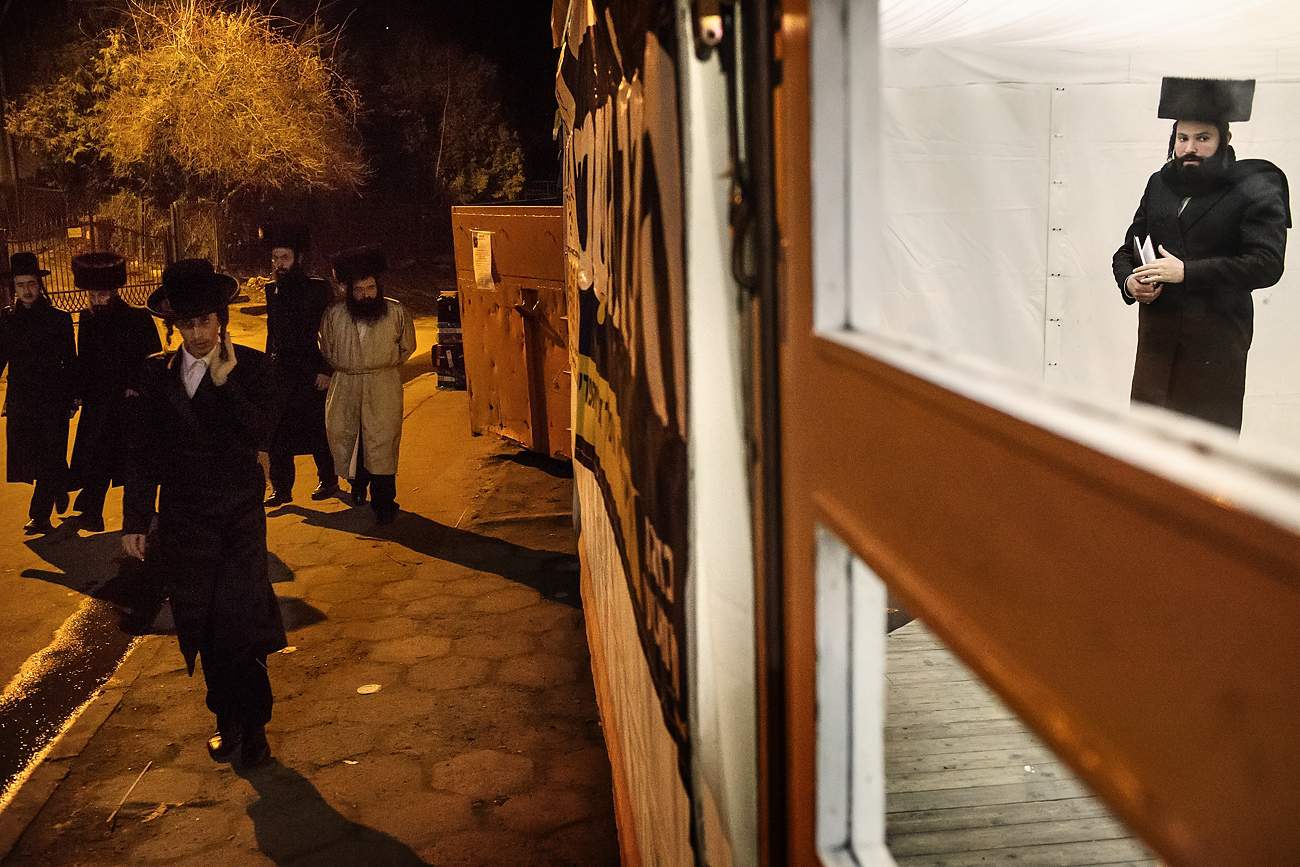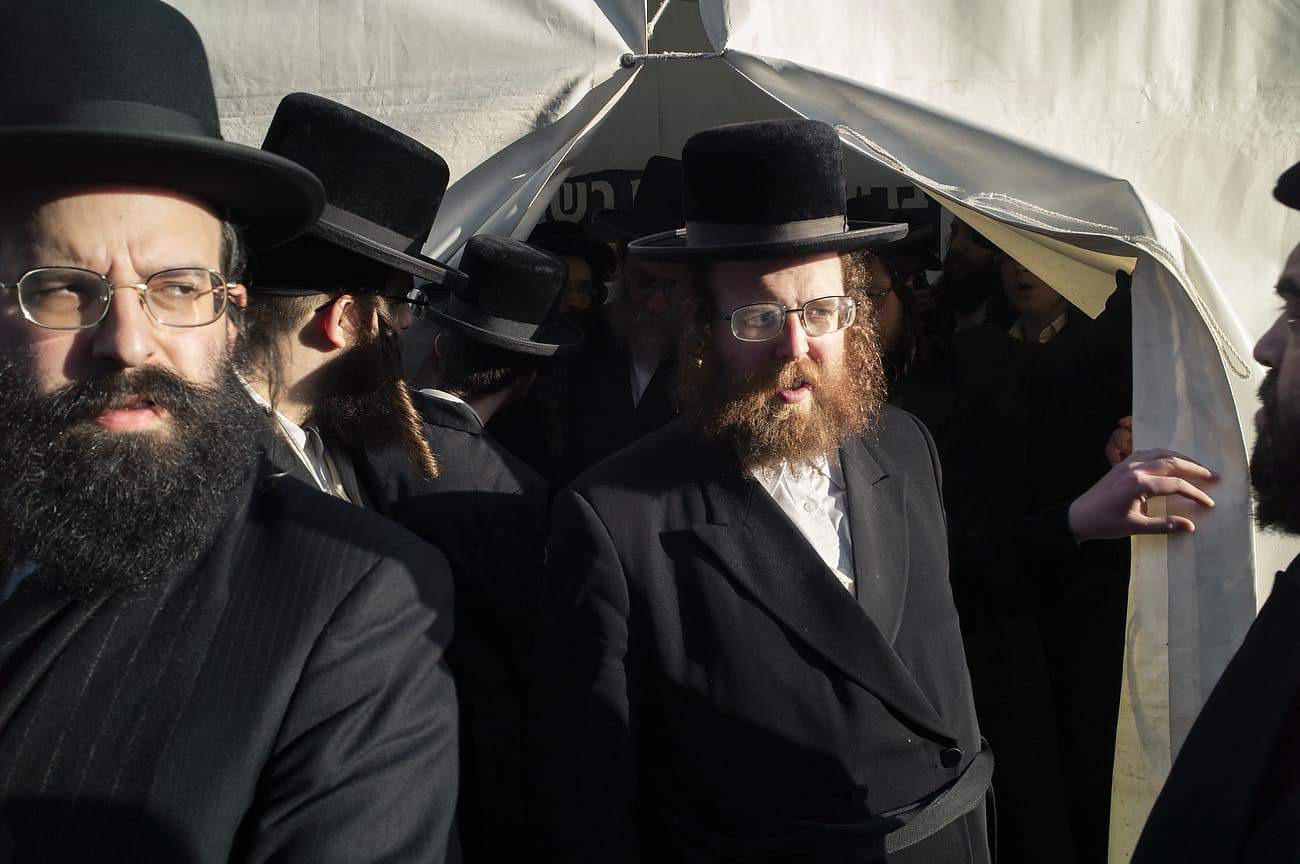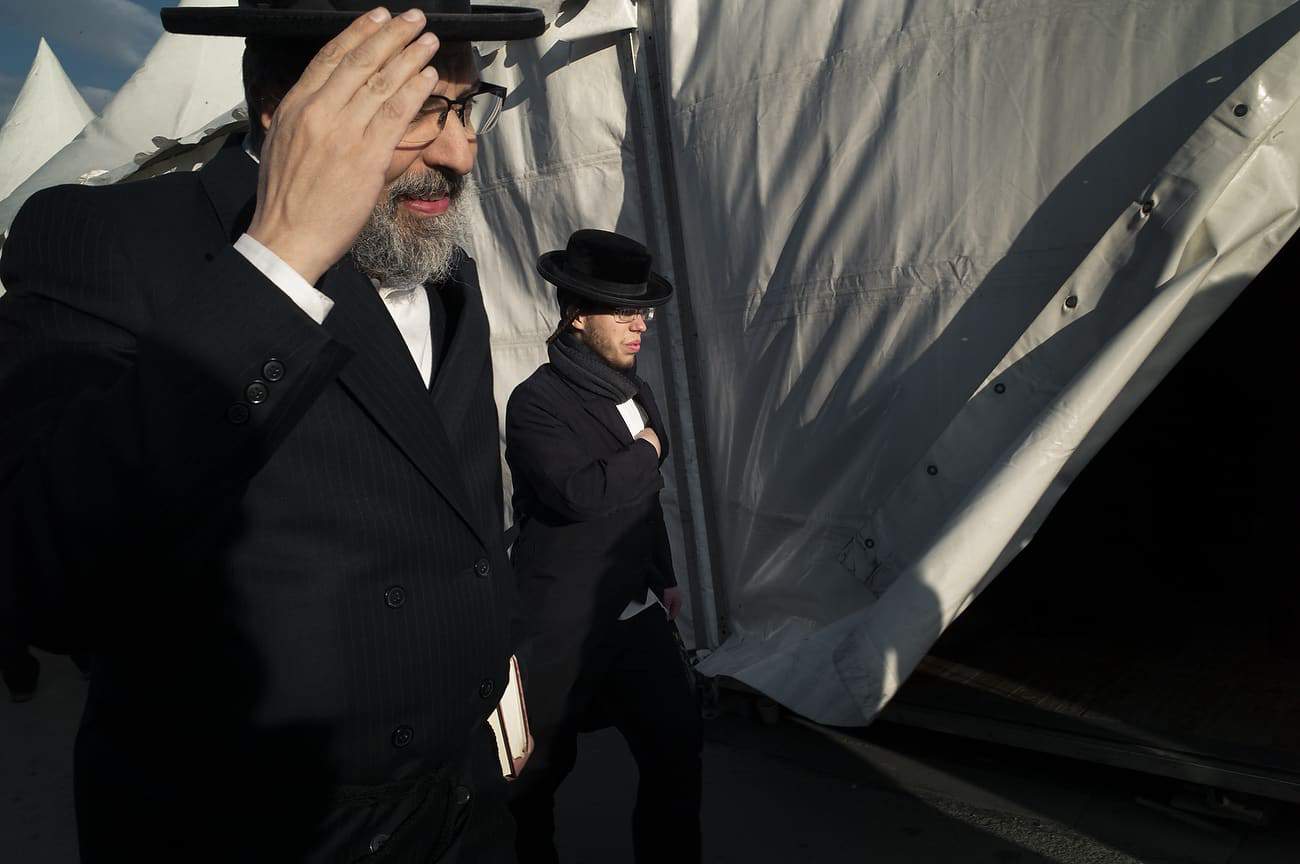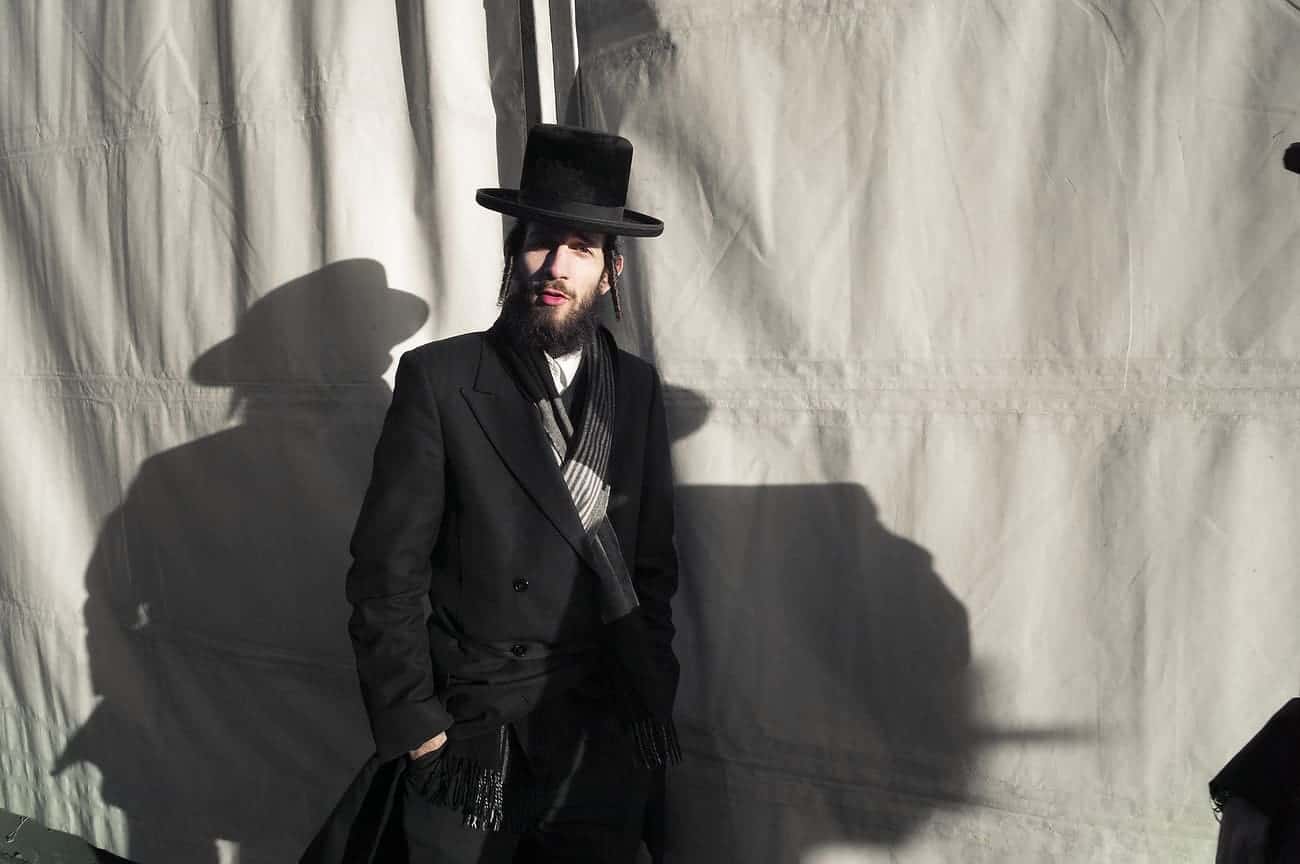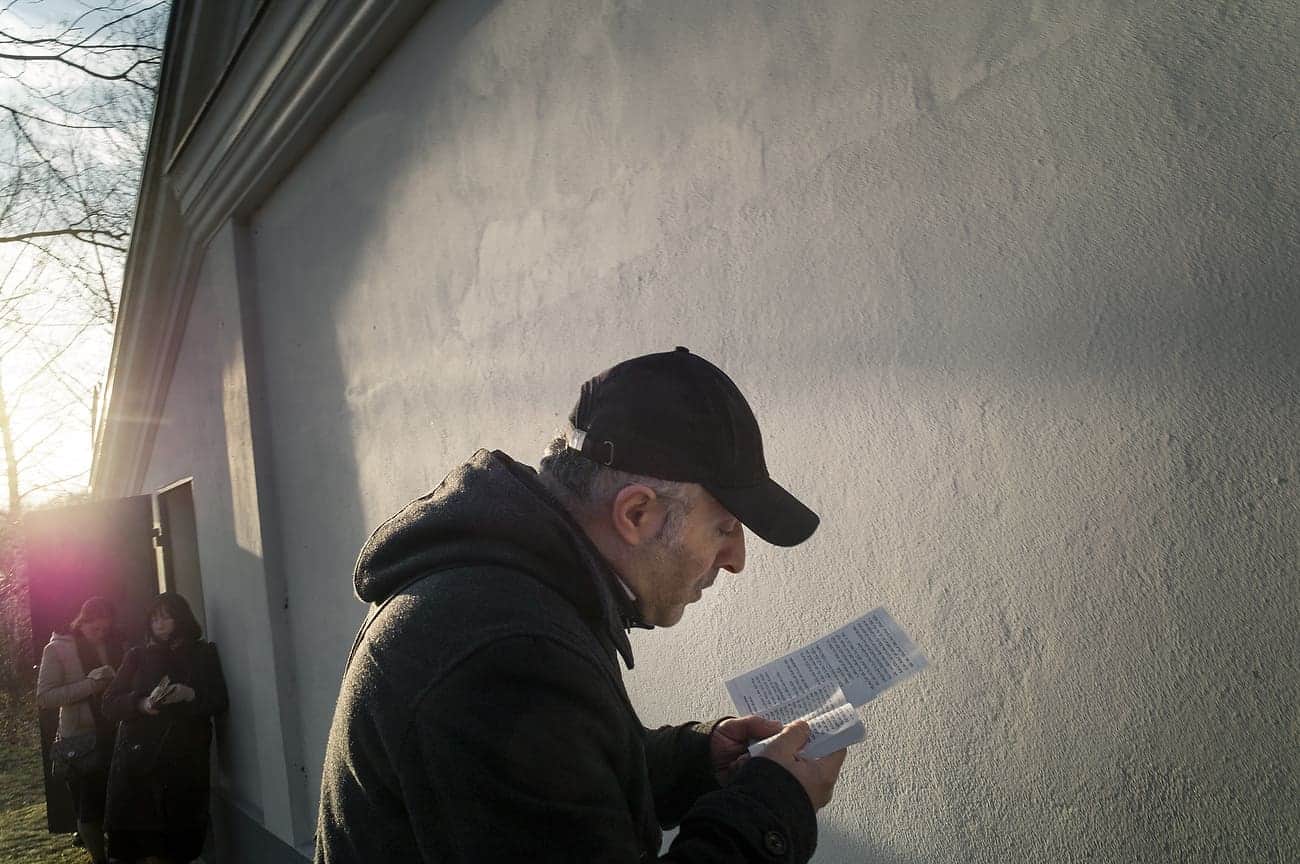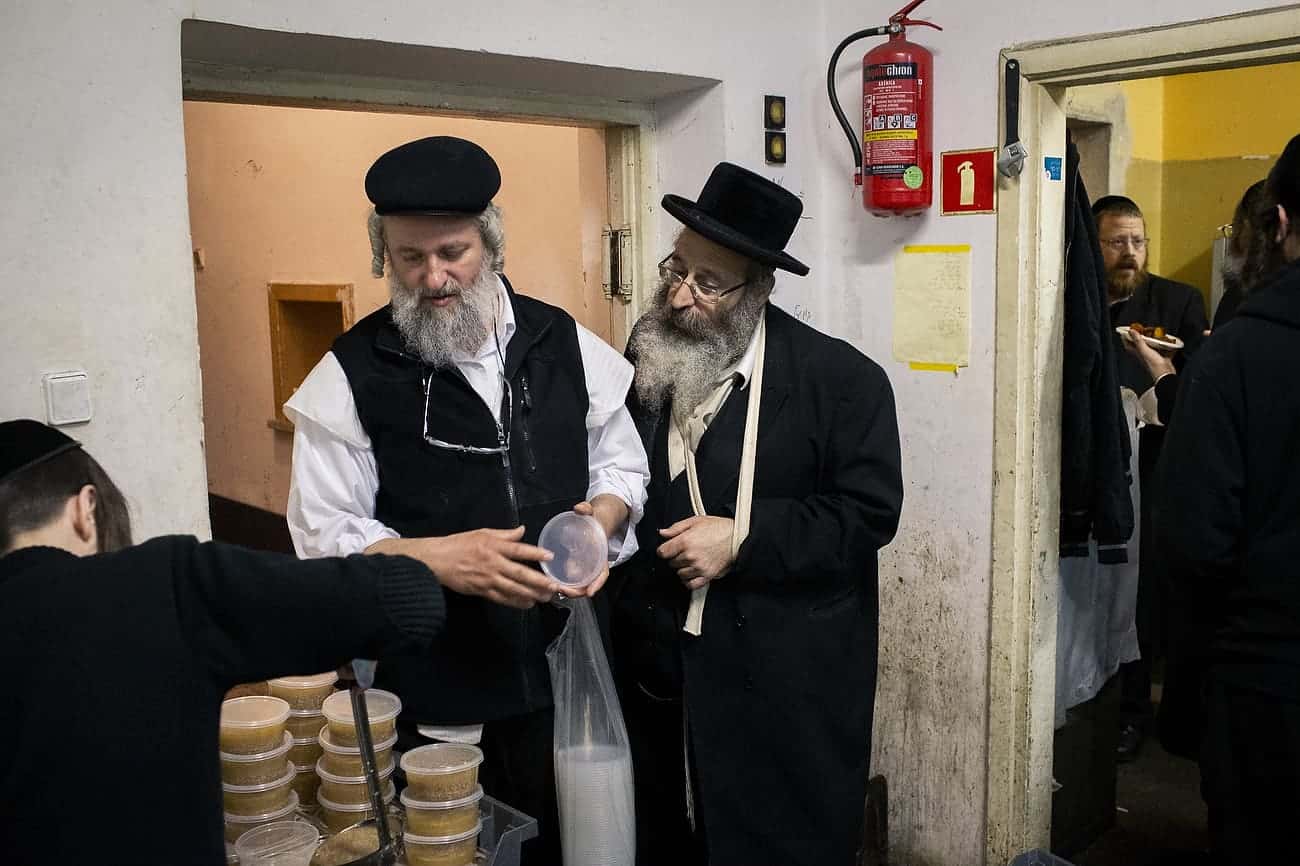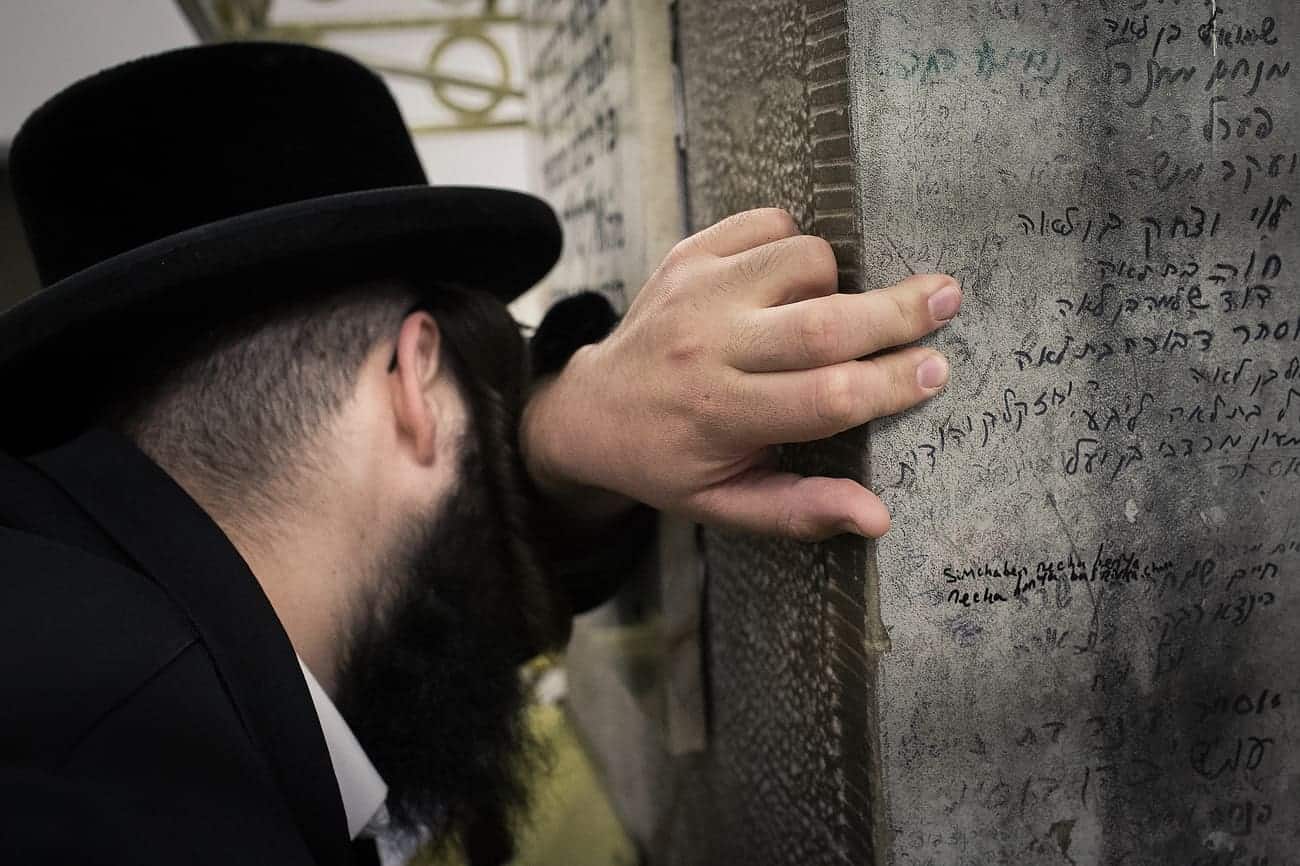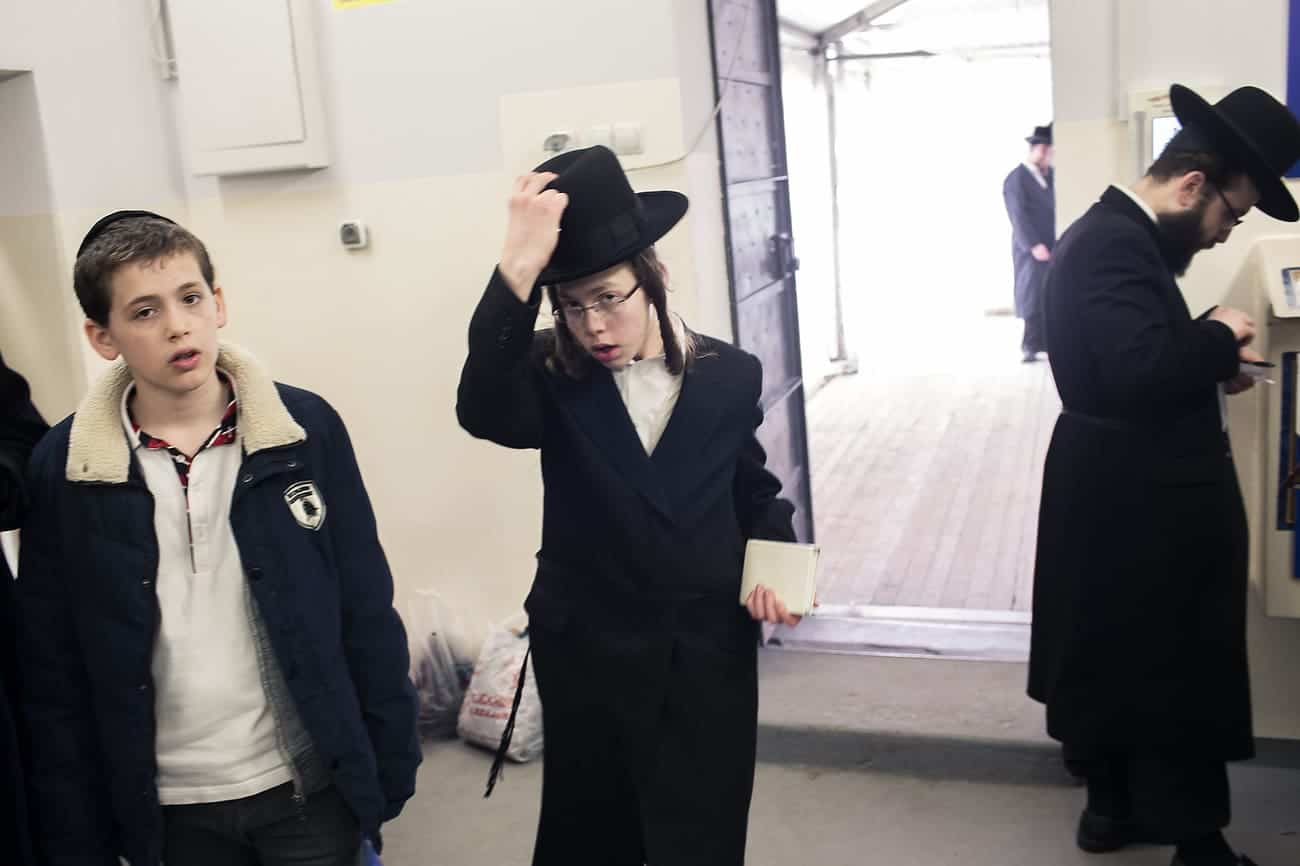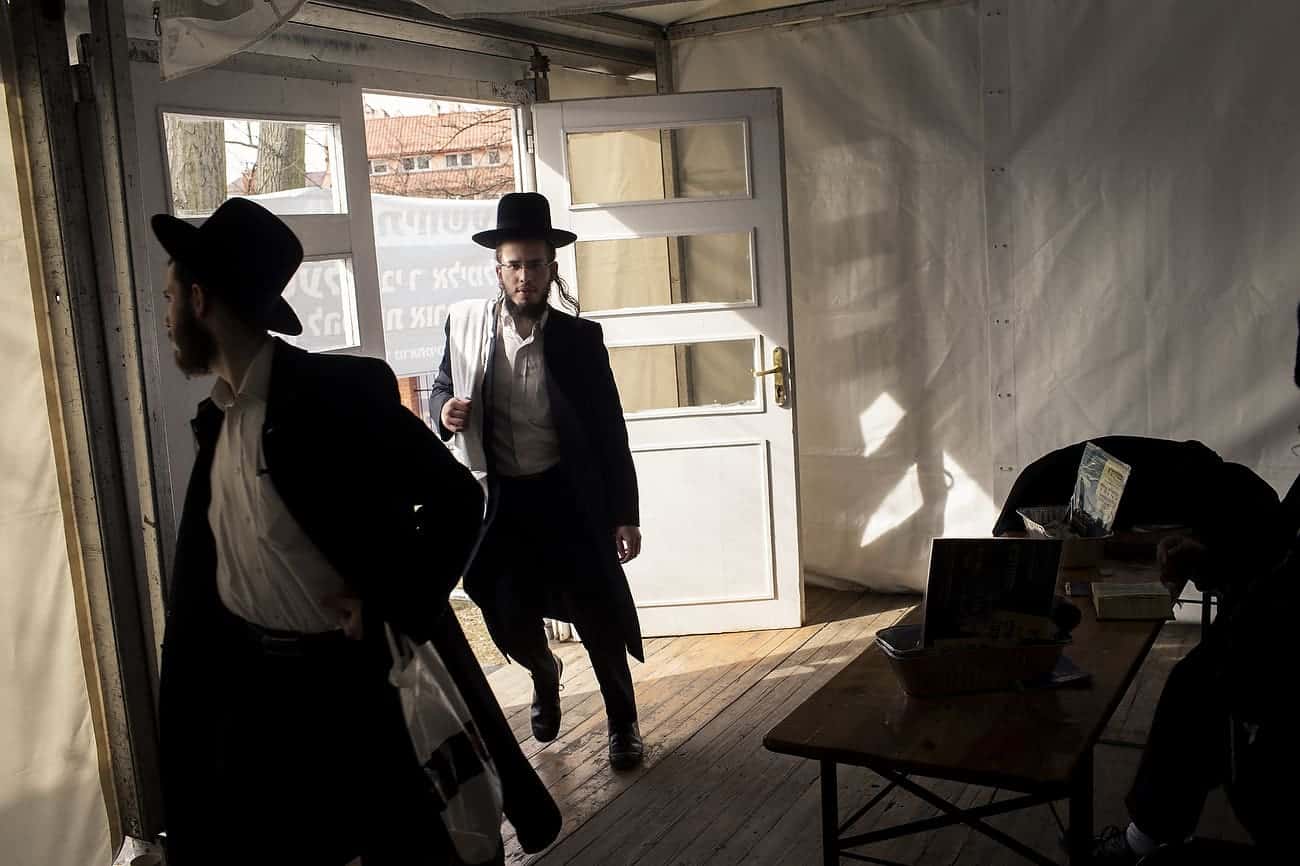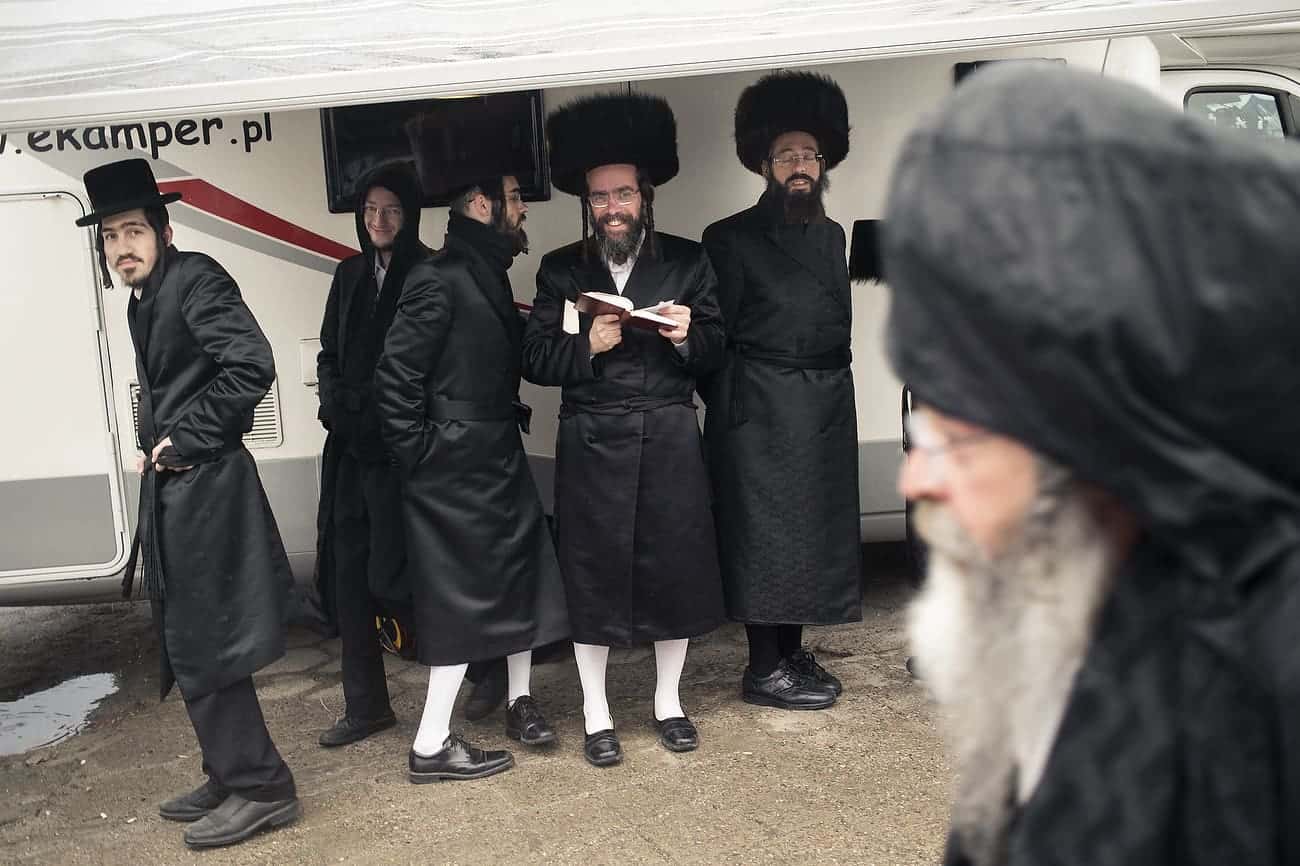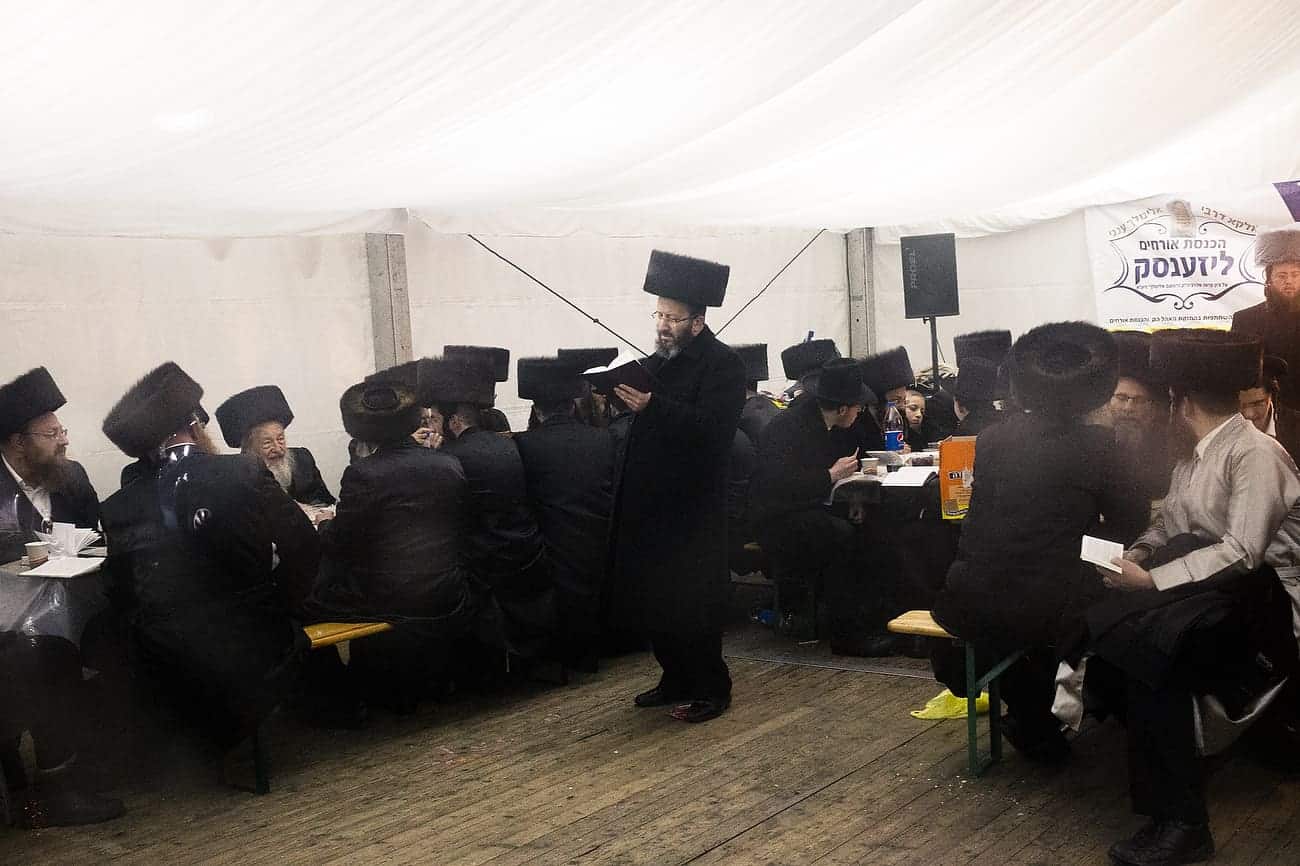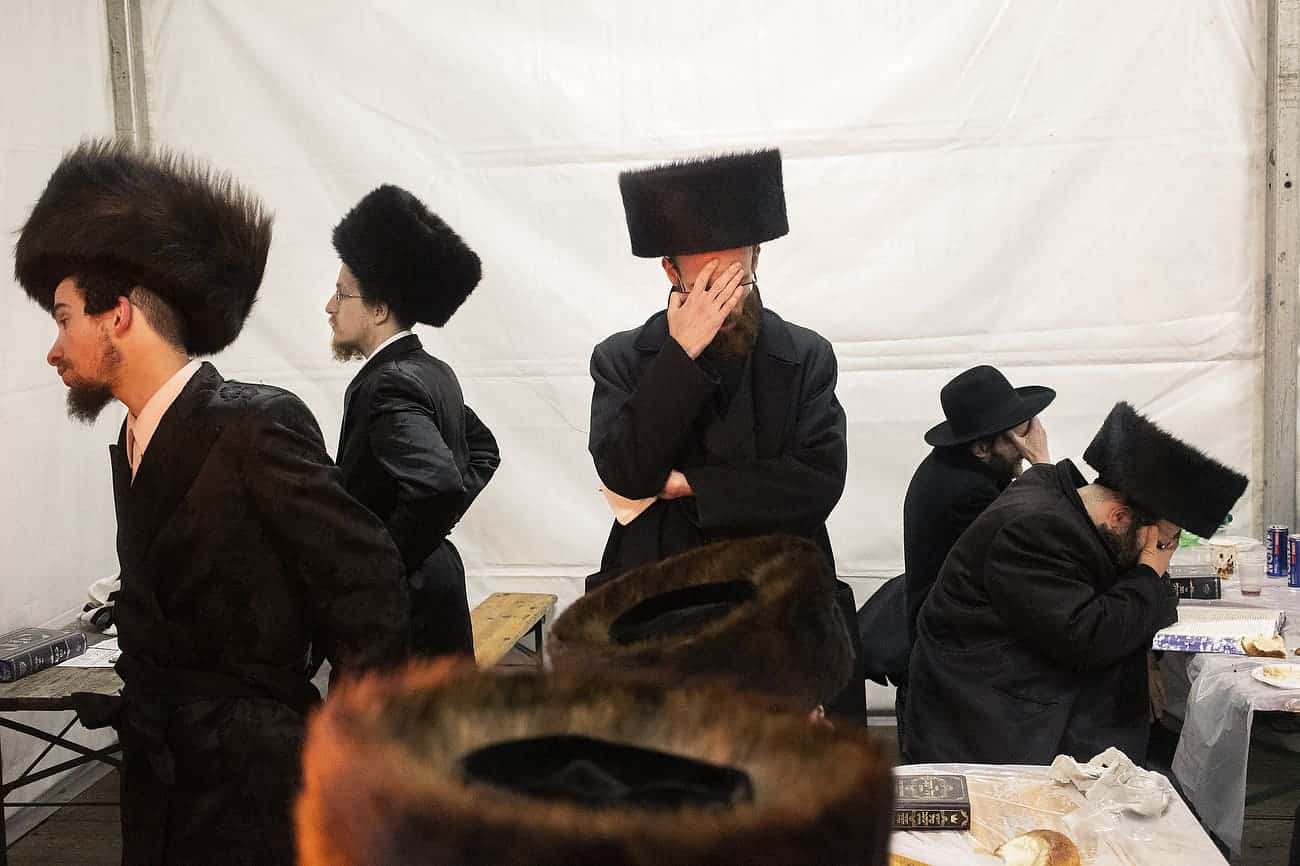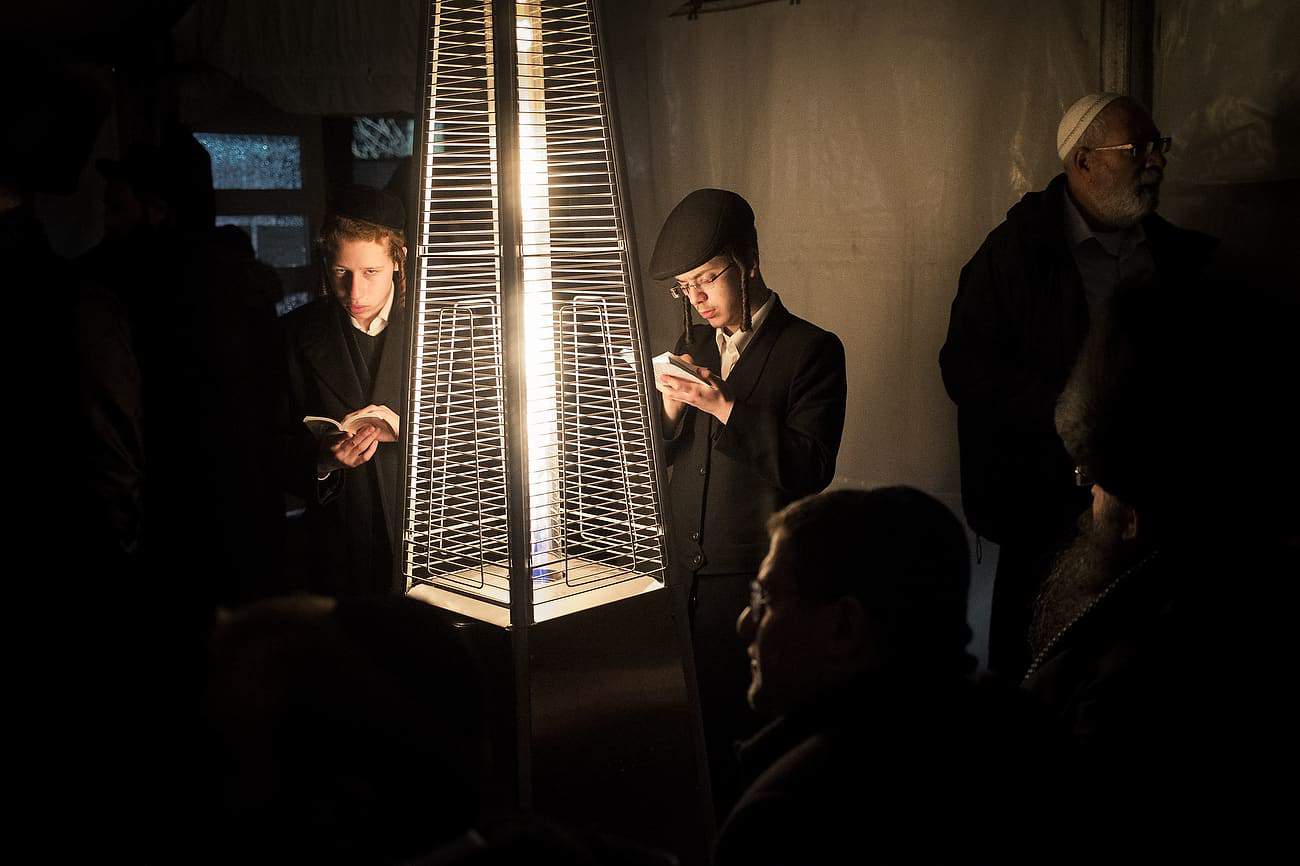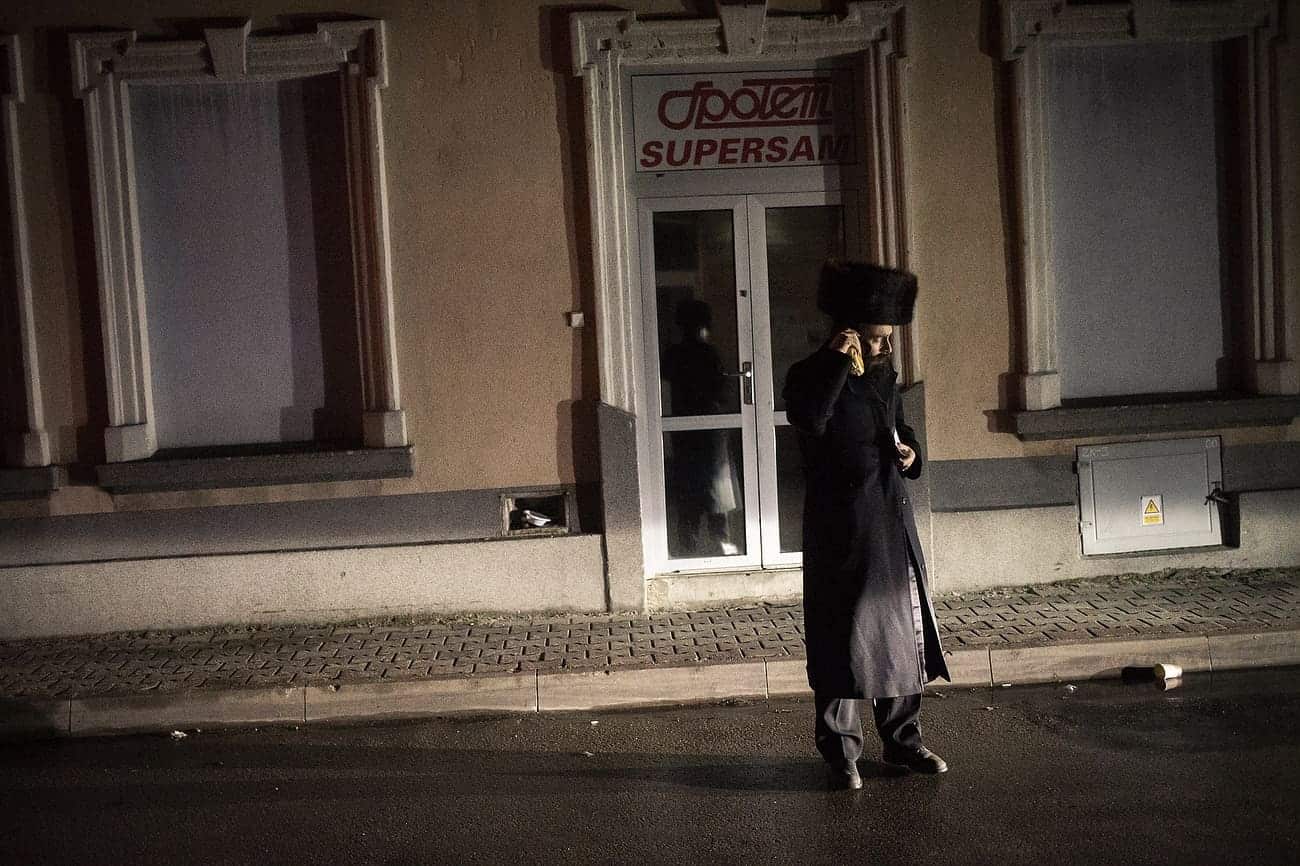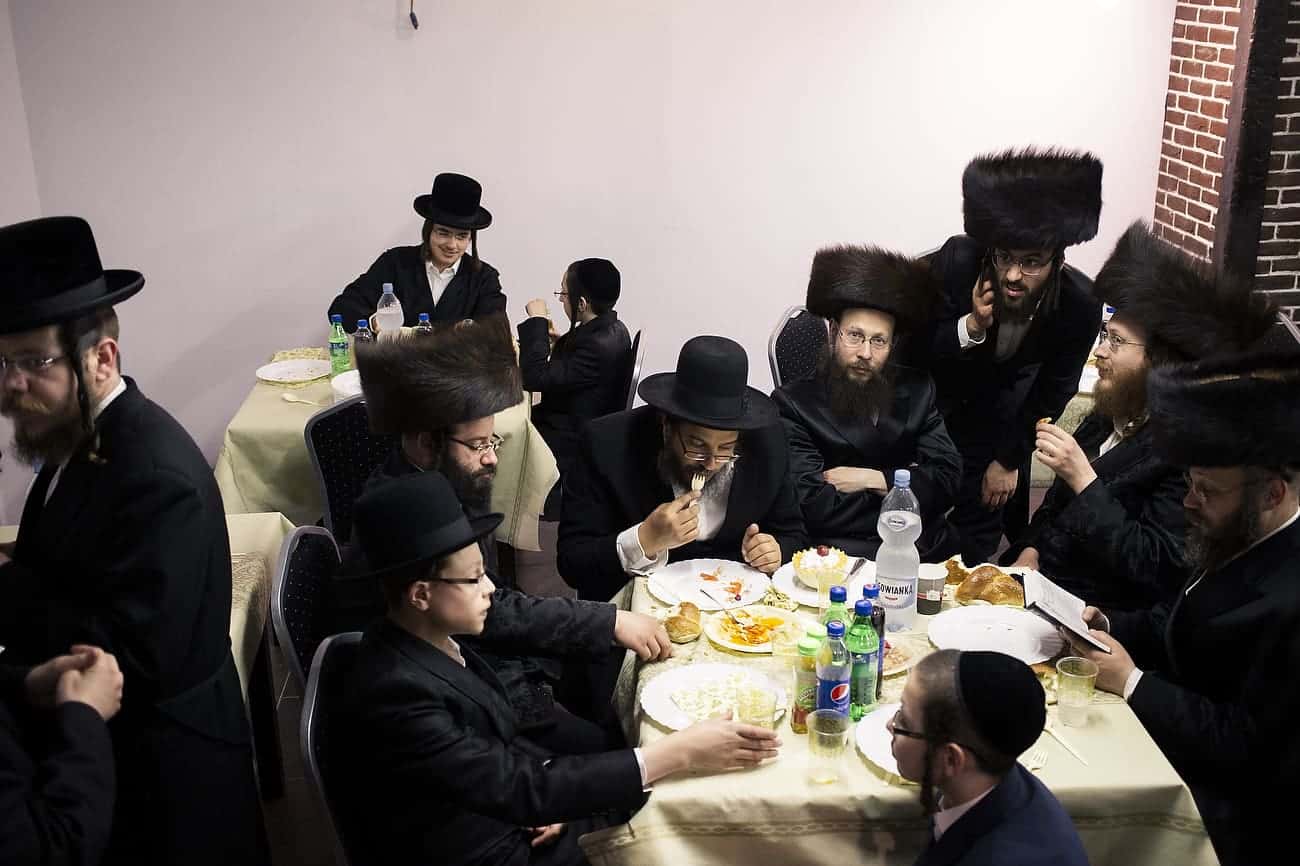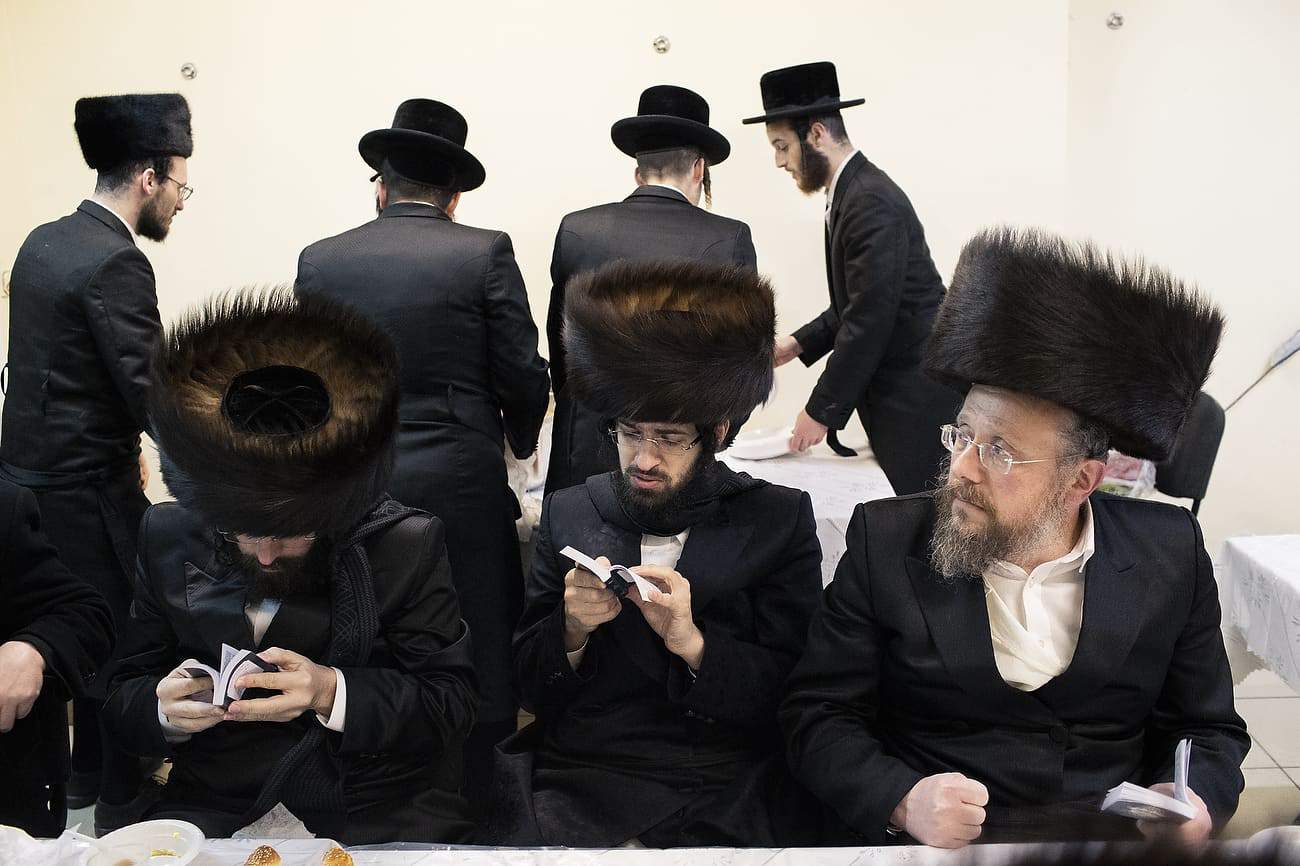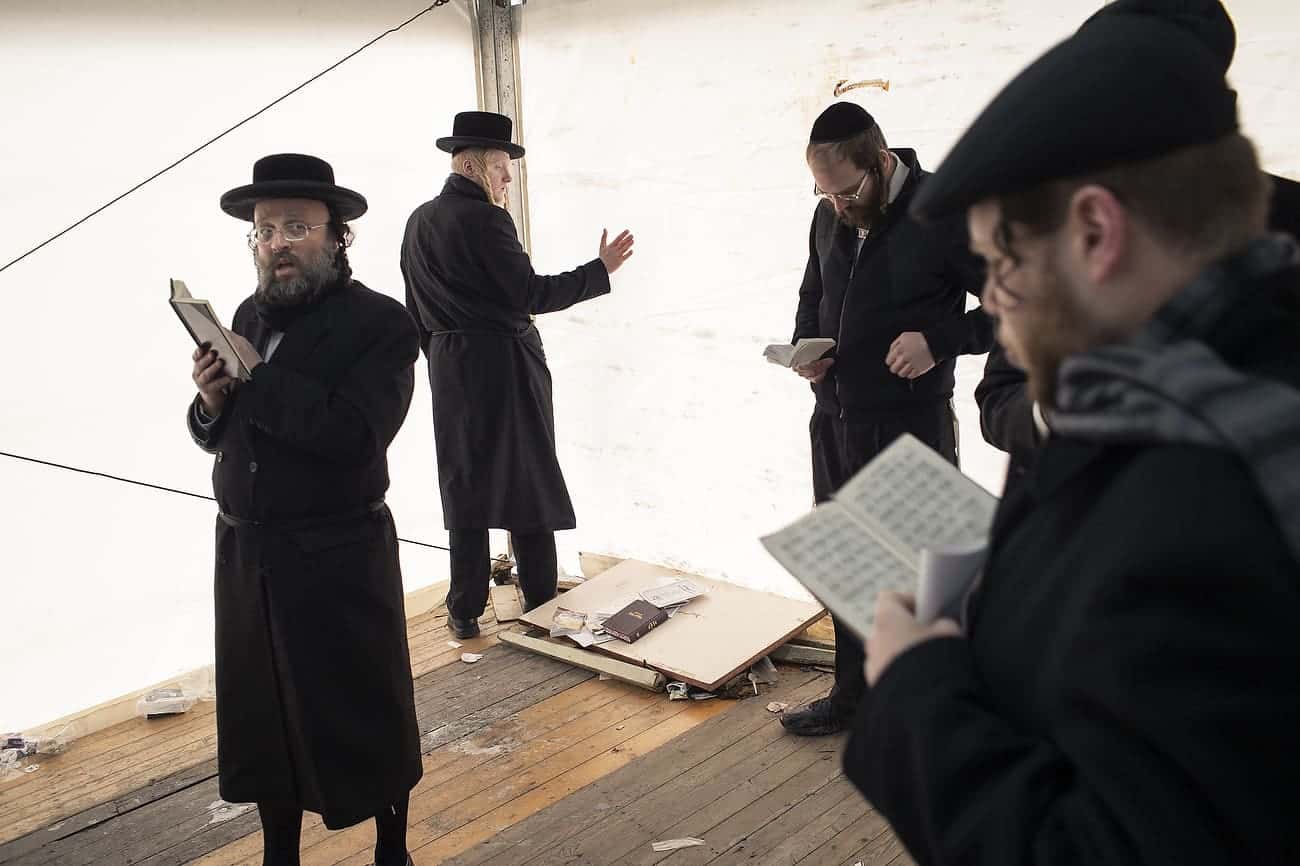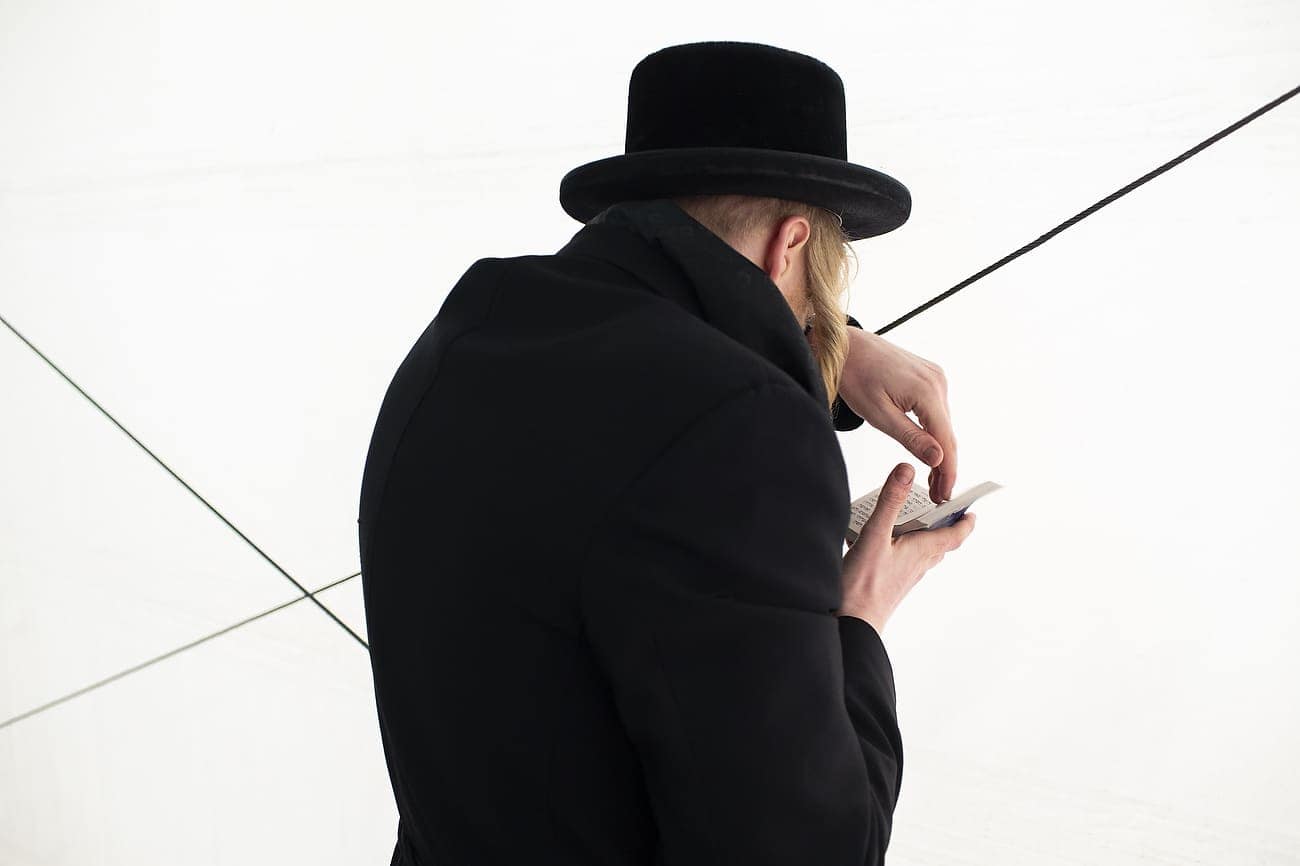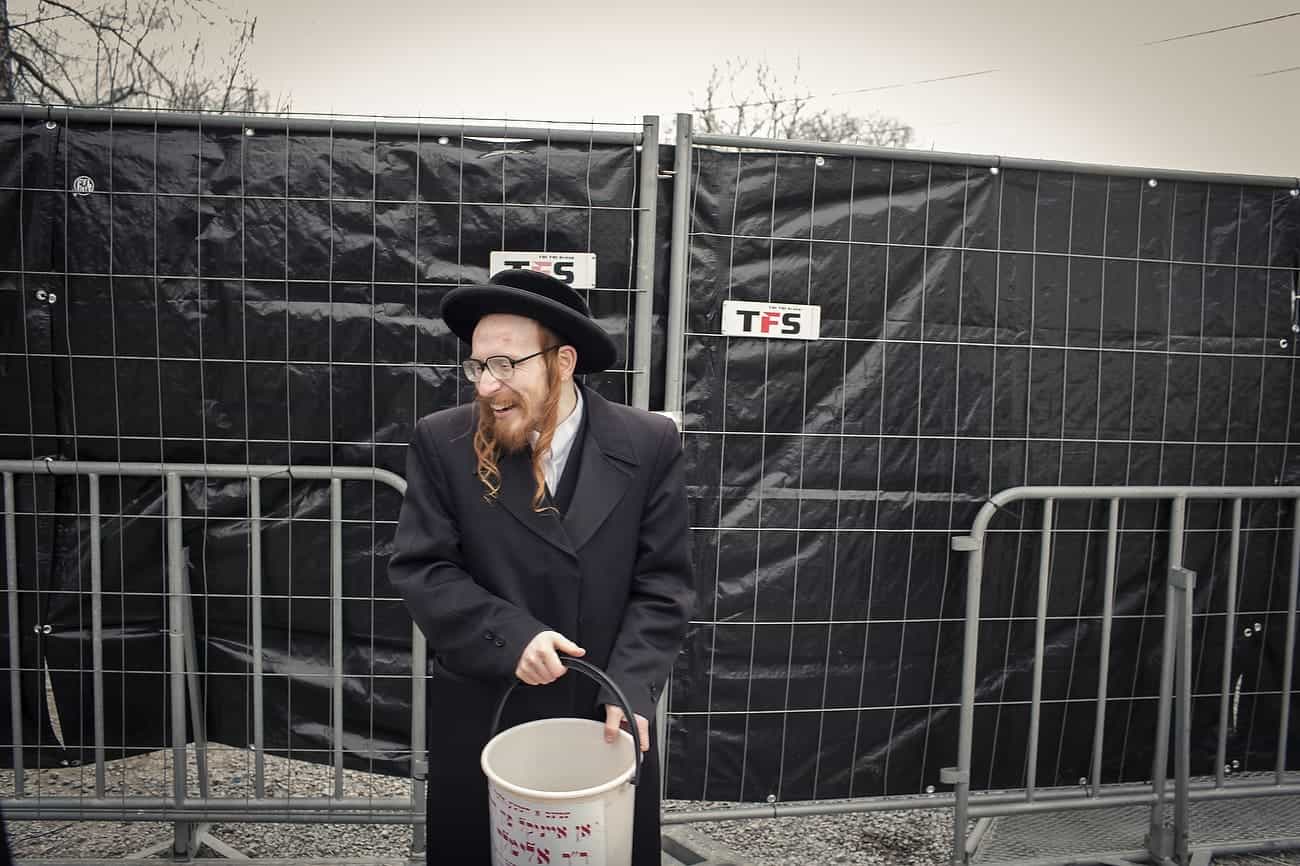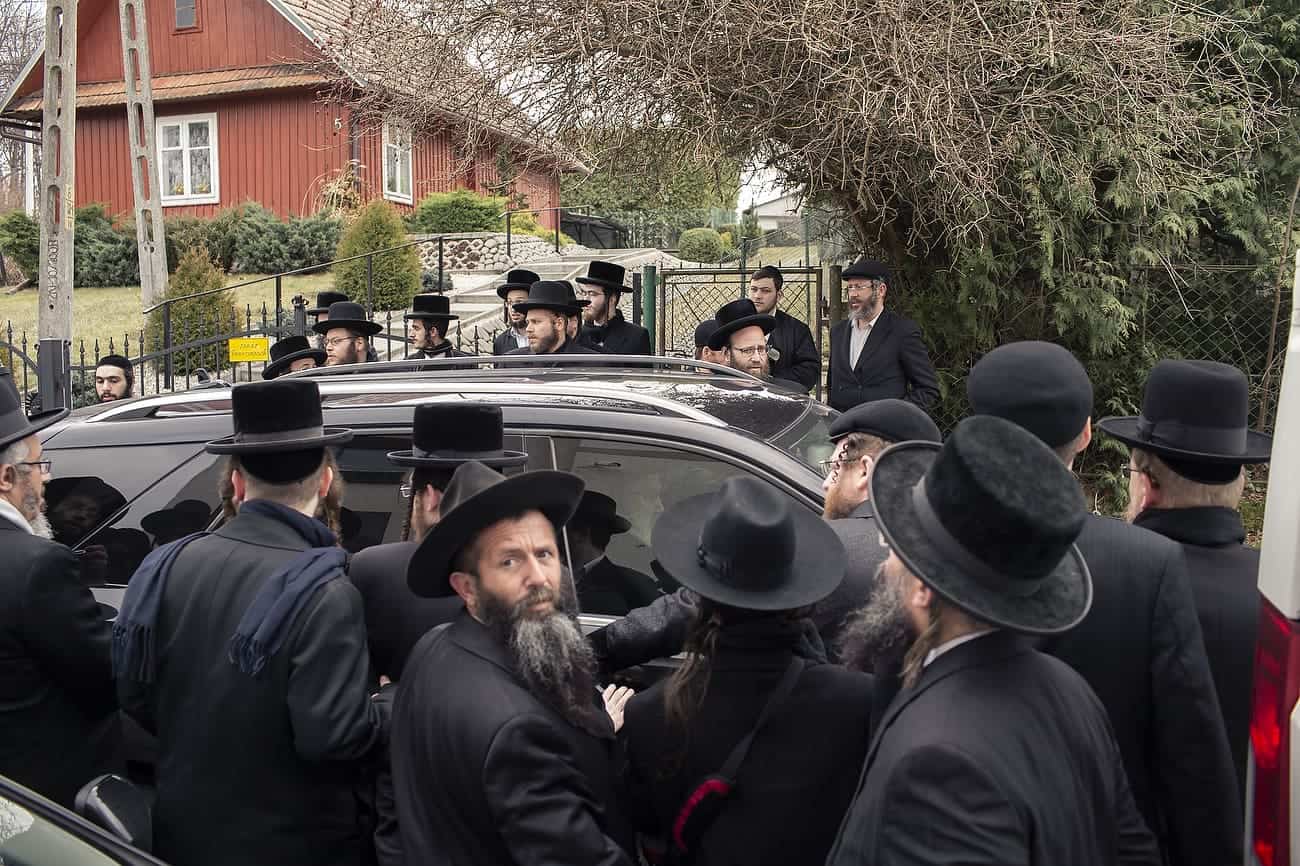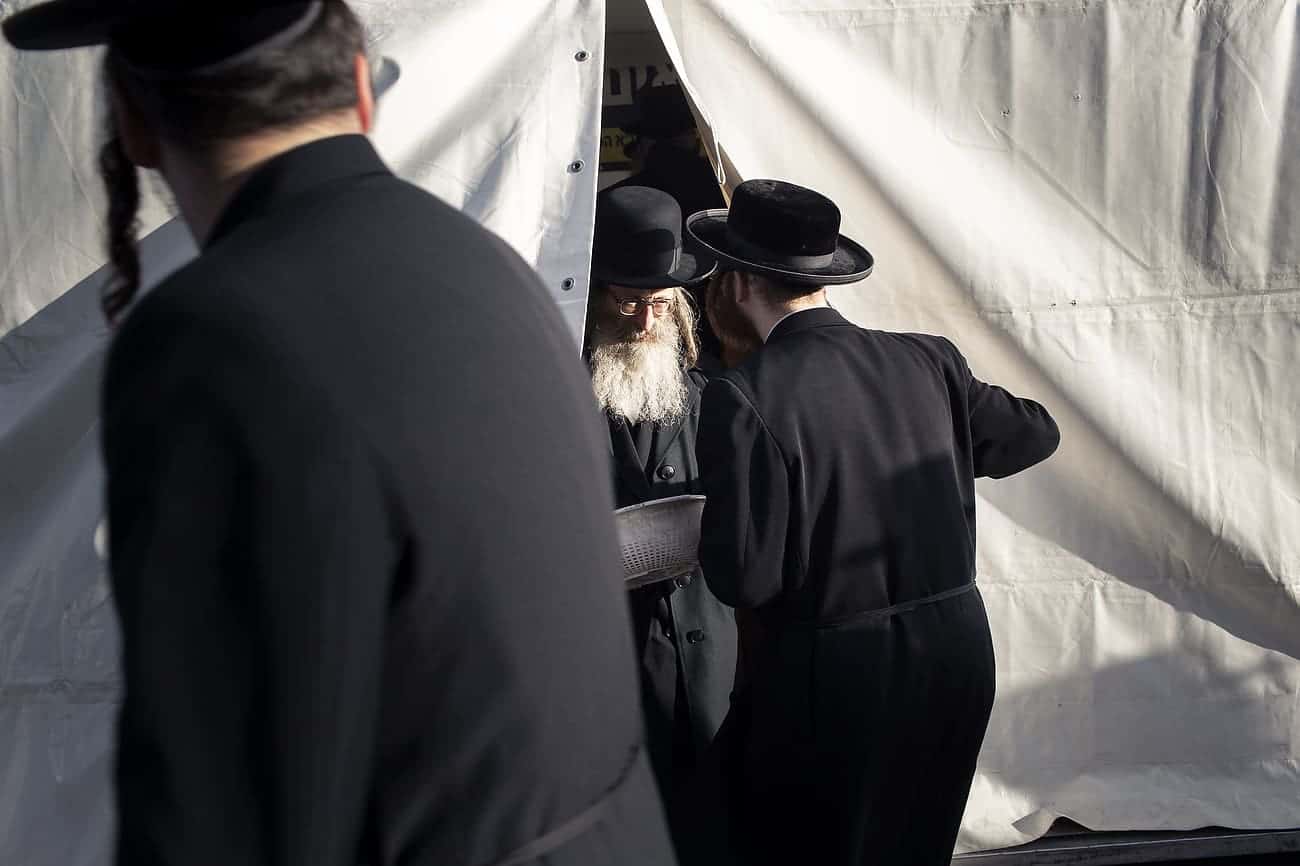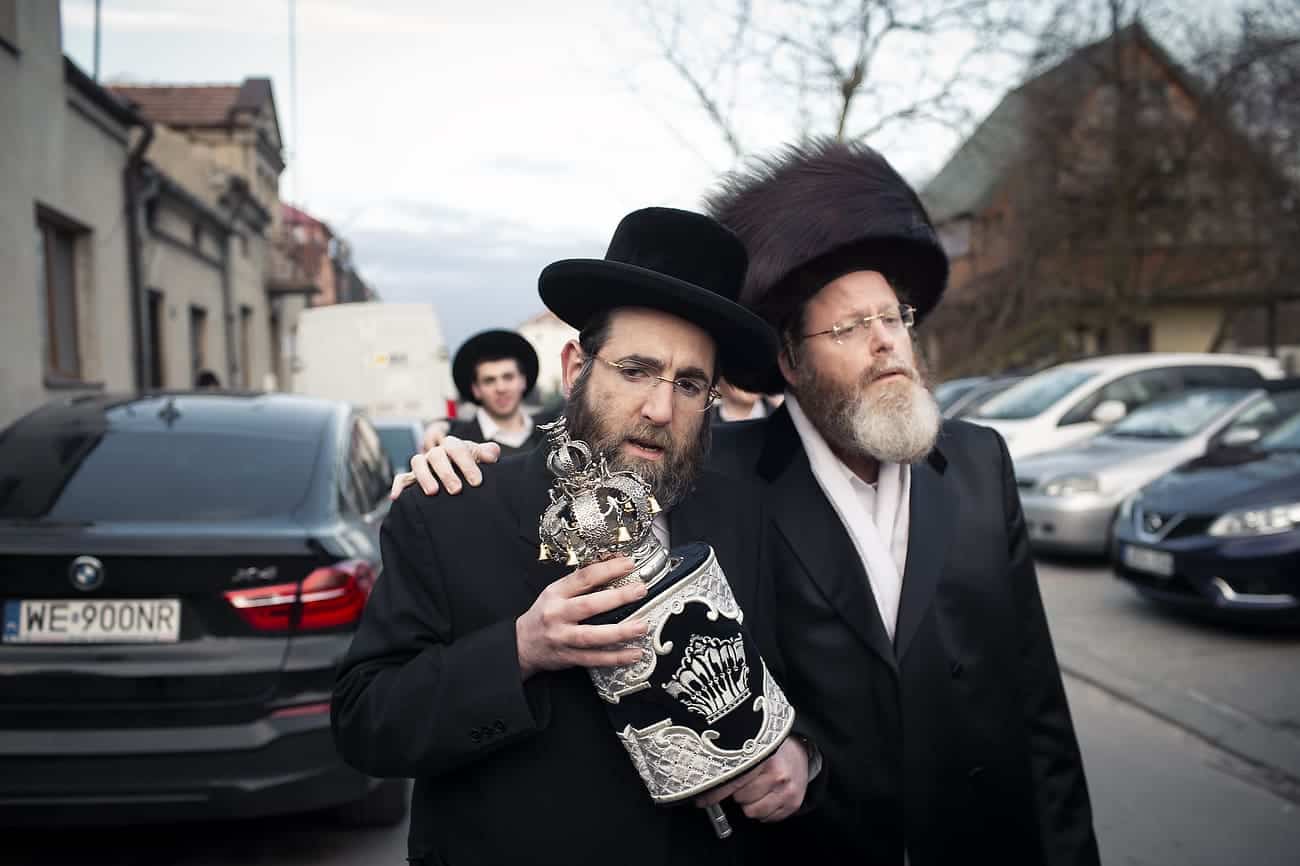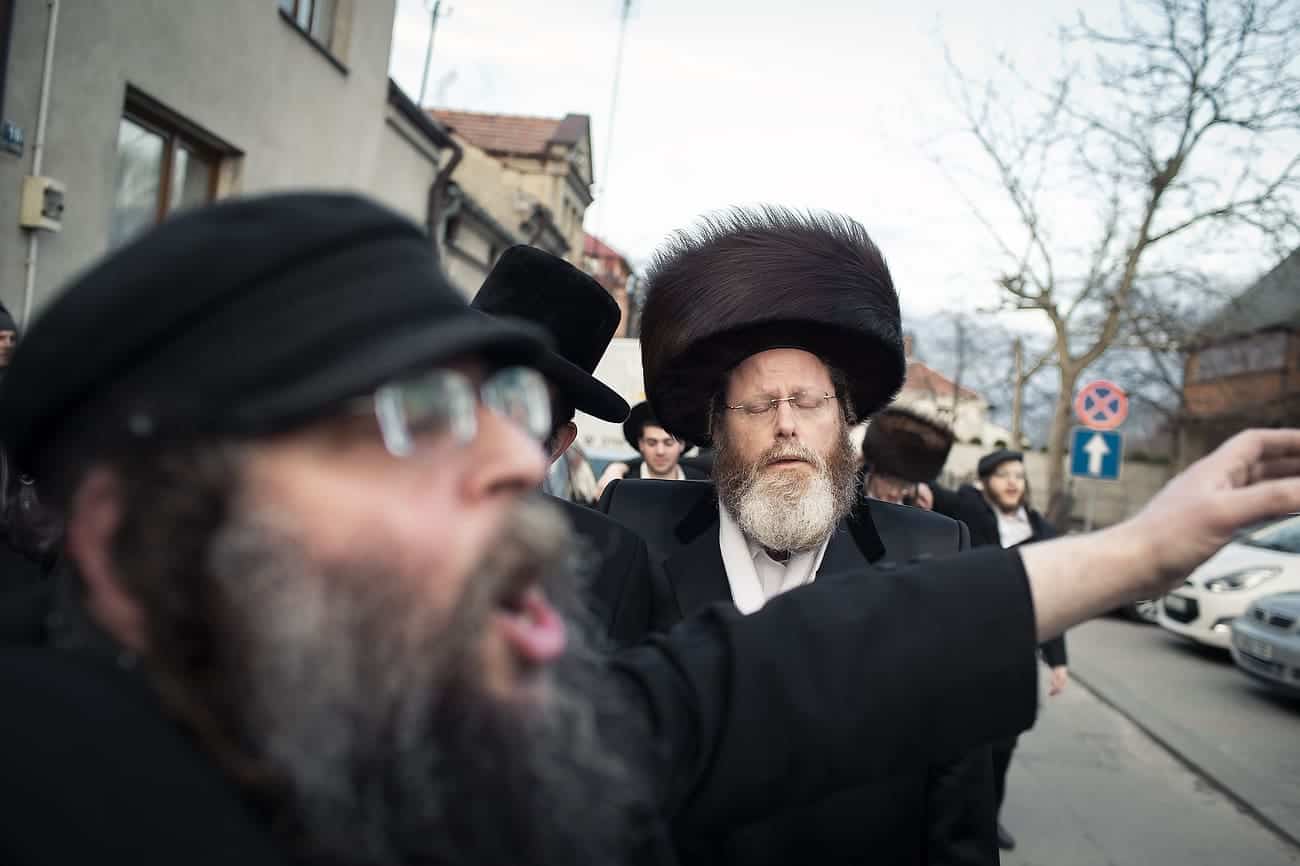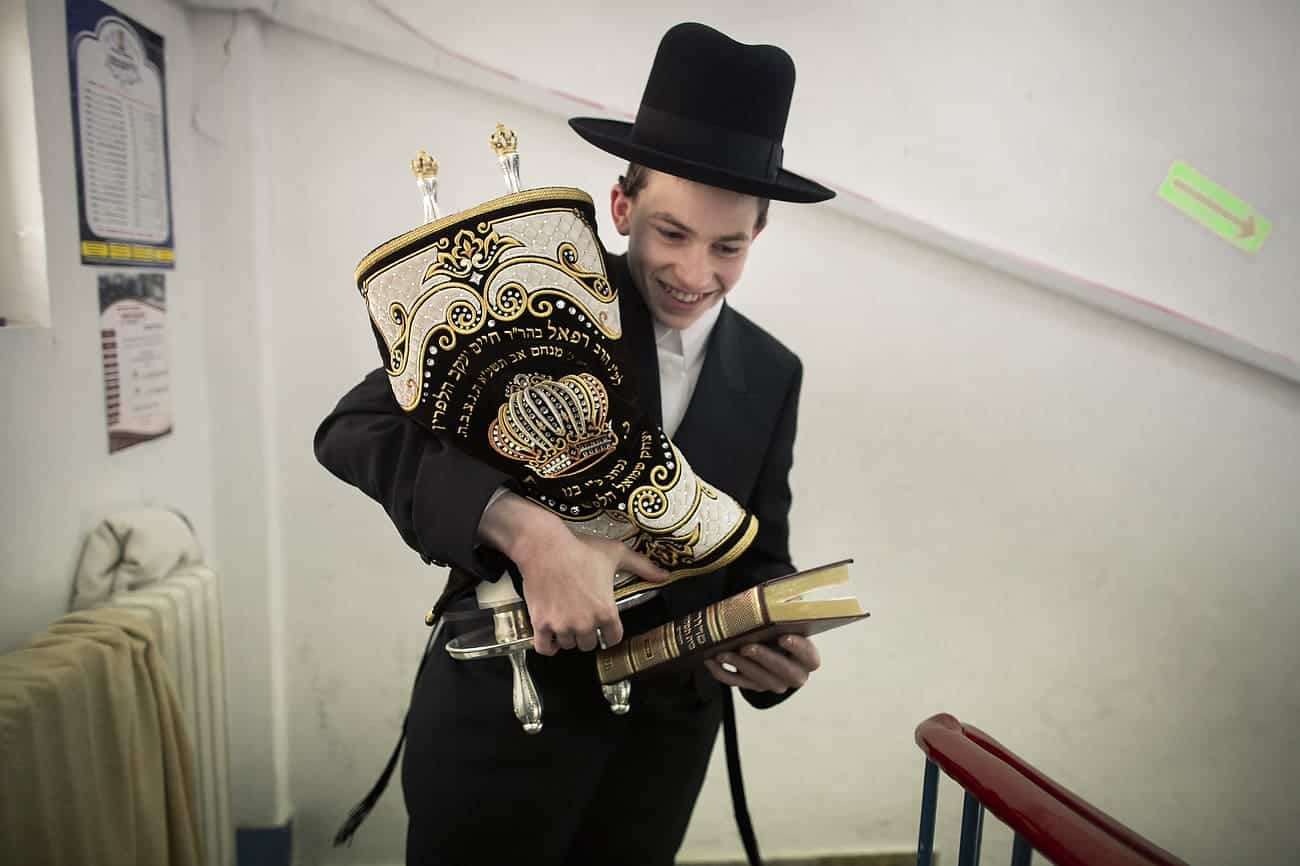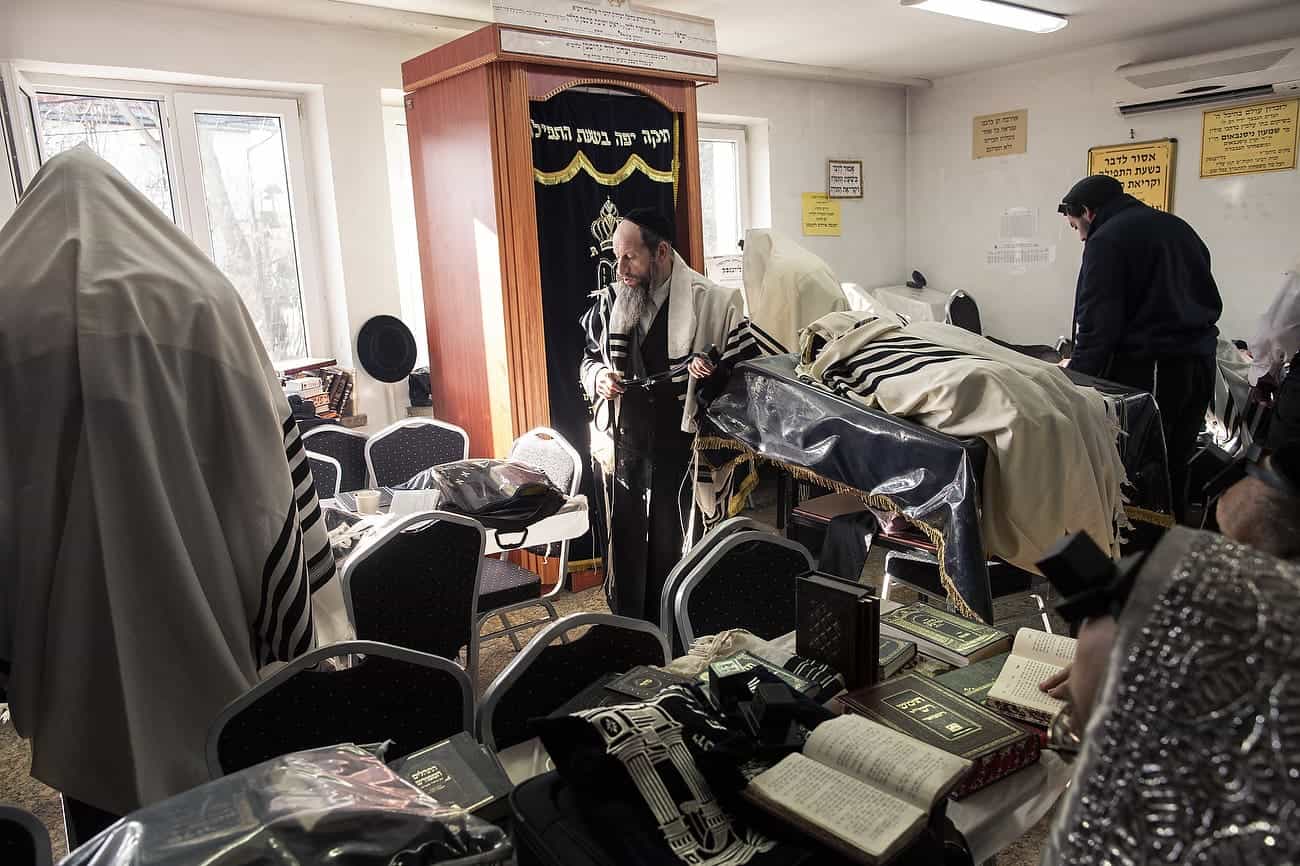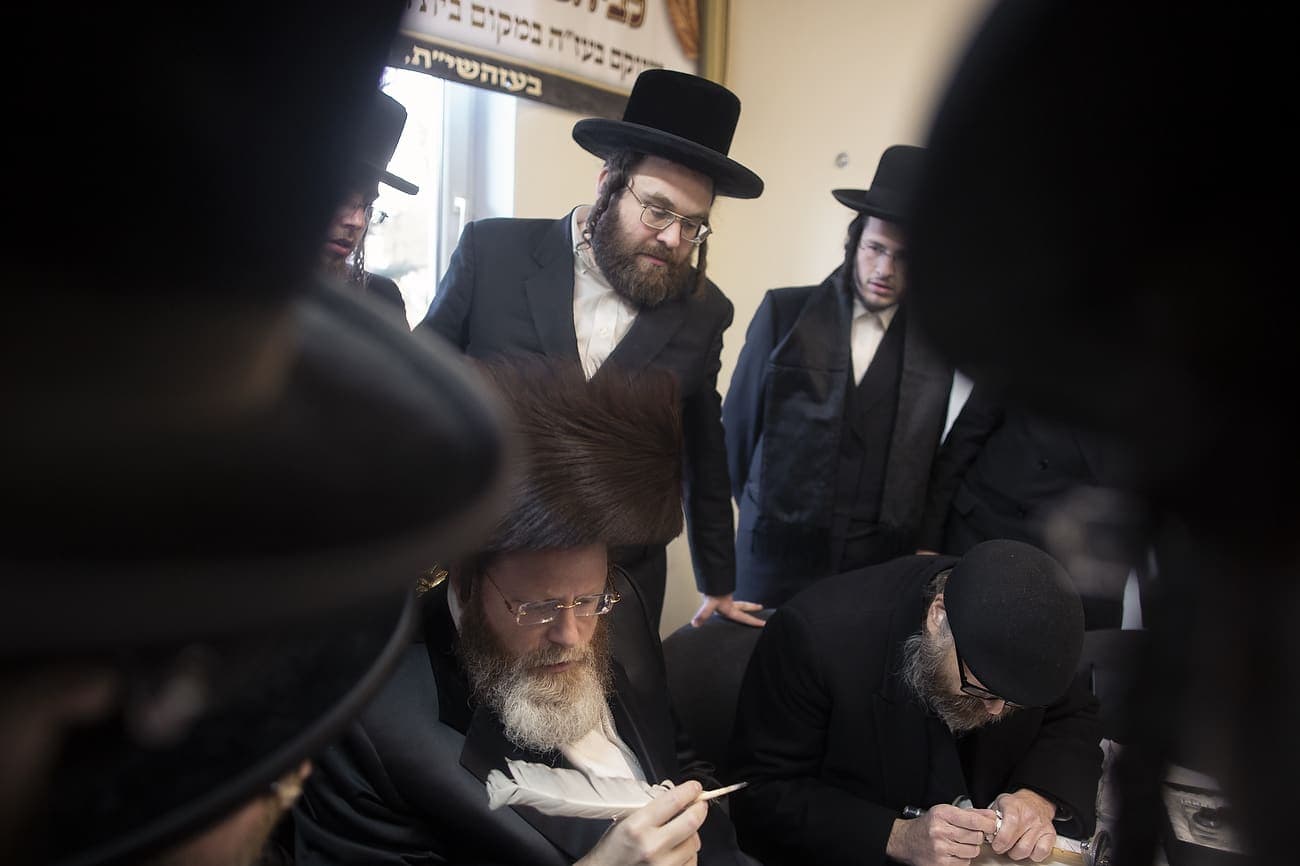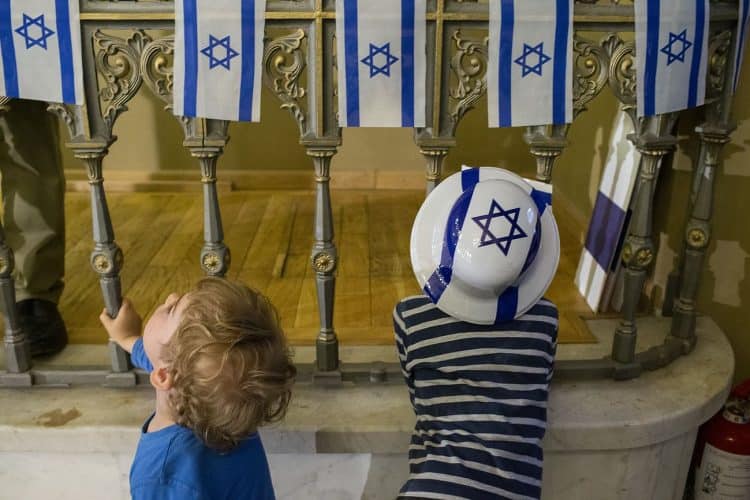My religion is compassion. Since 2010 I have been working on a documentary about faith. From the very start of my career as a photographer I have wished to show that in front of God people are equal. My brief conversation with the Dalai Lama in 2011 made me believe that the idea for this documentary did not come about by chance. I would have liked to dedicate more time to this material, but discrimination, segregation, lack of access to health and education, the problems facing the elderly, drug abuse, prostitution, and abandoned children were issues that always took first place. In a way, I had to be faithful to my faith above all else.
Throughout this time I crossed paths with Orthodoxy (of both the old and the new rite) and to a far lesser extent with Pentecostalism. The greater part of the time I spent with Jews. After numerous religious holidays in Romania and a number of trips to Israel, in March 2017 the opportunity arose for me to take part in a pilgrimage of Hassidic Jews to the tomb of Rabbi Tzadik Elimelech in Lezajsk, Poland. Jews from all over the world come to pray at his tomb for health, their children’s wellbeing, and prosperity.
After twenty-four hours on the road, I arrived in Lezajsk on the evening of 16 March. First of all, I left my camera in the car and set off on foot to familiarise myself with the place. The houses of the former Jewish quarter stand on a hill. Many of them have been recovered by the descendants of the families that owned them before the Second World War. Some have been renovated to serve as homes, others have been converted into guesthouses for some of the thousands of pilgrims who come here.
Although it was night, on the hill opposite I could see the building of the holy tomb amid a clump of trees. Only a few gravestones remain from the old cemetery, which was largely destroyed during the war.
Between the two hills all kinds of tents had been pitched to serve as venues for various events and for prayers.
I picked up my camera equipment and despite reserve on the part of Hassidic Jews I managed to take my first photographs in the kosher bakery. Even now it makes my mouth water just thinking about the kugels baked for the pilgrims. That first evening I met Shlomi Coriz, the man in charge of sound and the video surveillance system, as he introduced himself. Thanks to him I received a VIP invitation to attend the party on Saturday evening that was held for the most important rabbis, the wealthiest families, and the event’s sponsors.
The next morning, the chef invited me to attend the service (Shacharit). I have always been fascinated by makeshift synagogues. The synagogue, a small room of no more than fifty square metres, in the far corner of the building that also served as a canteen and a dormitory, was unable to cope with more than thirty worshippers at a time. Most of the pilgrims either queued patiently in the hall or looked for another place to pray.

